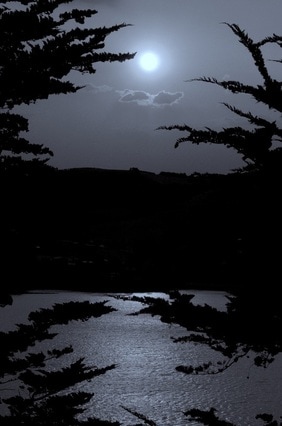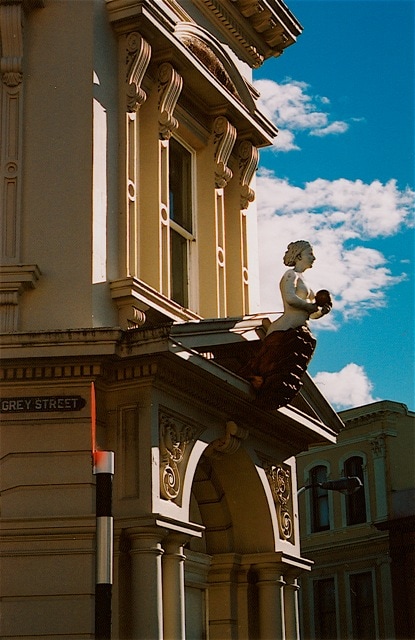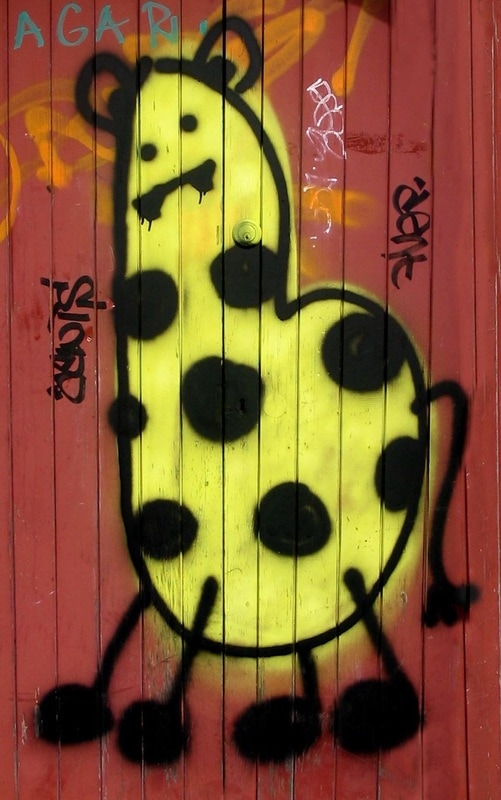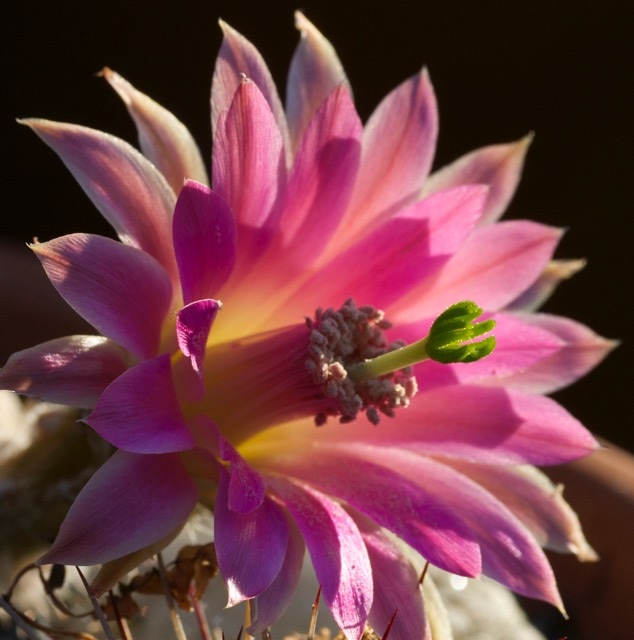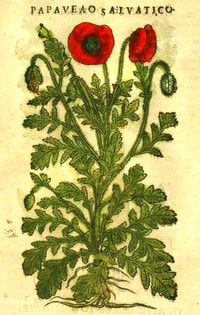|
When all things are truly considered, there are actually very few roses that merit a featured position in any mixed garden. That's quite a sad admission after so many centuries of fervent breeding and distribution. Our Zone 9 location offers no earthly challenges to any damn rose; no gophers, exotic attack beetles, frost heaving, desert summers or blue-titty blizzards- nothing. And yet, when browsing my photo files for new review candidates I'm always struck both by the number of plants we've consigned to steamy decay on our half-sentient pile and the many that have simply popped their simpering clogs for no particular reason.
On this anonymous rootstock it is a good doer, tolerating considerable interference from underplanting and general shovel intrusion. This is especially praiseworthy because high-quality flower producers are usually hungry, thirsty and fussy about setbacks. I don't think our CdP has ever lost a main cane or aborted a flower cycle in spite of these insults, nor have I seen it defoliate with rust or blackspot, our two main aggressors. So two thumbs up for health. But let's face it, no one plants Chartreuse de Parme for its rude health or admirable posture. Rose fanciers are flower sluts and this one comes through with a cyclic sufficiency of tough, slightly leathery, classic tea rose blooms in an intense, hypnotic blue magenta with a slightly silvered reverse (please note the camera exaggerates this phenomenon, especially in the above and below pics). That pleasing sculptural form and glowing colour withstand rain unscathed, remaining almost supernaturally clean. This is super-important in a maritime climate. CdP is a standout cut flower both in the vase and as the star of a bouquet, lasting well and playing nice with a lot of other flowers. You may hesitate to expect more and yet there is a definite and respectable perfume, a medium-strength old-school tearose with a bit of dusty fruit and that cool unplaceable note that is possibly unique to this class. Sawn blonde wood? Crushed leaves? Aged pot pourri? The scent lasts pretty well and can sweeten up in the vase but lacks a wee bit of silage, if I'm going to pick any nits. Does CdP suck in any respect? Not really. It can sometimes be a bit bloom-shy in the first spring cycle for me despite full sun. There might be an extended lull between flushes, understandable given the biological cost of such quality flowers. And like many five-star prospects, Chartreuse de Parme is congenitally unsuited to sitting quietly in the landscape. It will stand out like dogs’ bollocks unless provided with similarly flamboyant companions, so don’t plant it thinking it will somehow magically calm the fuck down if you throw enough gypsophila at it. Give her red and lime euphorbias and delphiniums and those giant African lobelias to hang with. CdP's surreal circus beauty is no clown show and deserves pride of place. Want More? Clickety click for more Rose ReviewsThanks to Jo for the phone pics. We had to wait in a sweaty line full of students to view this vegetal hulk and convey its magnificence to you, constant readers. YOU'RE WELCOME.
C canariensis is a bit of a seasonal contrarian in that it dries out and retreats back into corky, dahlia-like tubers just below the soil surface in early summer, sitting out the stinging UV of our hotter months and reemerging in autumn. Here the flower appears in early spring and can continue for a while until edible fruits occur, a prospect I hardly dare hope for. In lieu of any specific advice about soil needs, I stuck mine in a 50/50 blend of rose mix and coarse pumice, guessing from its forest-slope origin that a relatively open, well-drained but humusy medium was called for. It gets a good watering about once a week while in growth, and bugger-all over summer when dormant, so it's not particularly high maintenance. While I have found most plants hardier than conventional wisdom allows I really would not roll the frosty dice and leave this fleshy guy out over night in any sort of high winds or winter. The stems are hollow and easily munted. Mine sits outside with my Aloes and has probably experienced close to freezing under a polycarbonate verandah, but any direct icing would turn it to sludge in fairly short order. Too hot is no good either; C canariensis will apparently decline if your summers inflict extended temps over 25 C. Well shit, that makes two of us. Other Vegetative Glories because Plants don't Talk Shit or Cough On You in the SupermarketI haven't had this species long so I can't really comment as to its ease of cultivation and durability, but I thought I'd post some clear pics of this nice little group of young bulbs as it emerged in early summer. As mentioned before, I had lost a bunch of Arisaemas after planting them out without pondering our soggy winters; they went off to plant heaven soon after that fateful day so maybe don't plant them out unless they're protected by a dry, snowy winter or tree cover that will keep them from rotting. To provide some perspective, this flower is about as large as my thumbnail, but it is full of intriguing, lizardy detail- veiny striations, an almost furtive little hood and pale, waxen spadix. The lemon yellow in the spathe curls around a smoky umber throat. Arisaema flavens is a variable species/cluster that originates from an enormous range stretching from Ethiopia to Sichuan, so you may not be shocked to hear it has a bulletproof reputation and is probably a good and inexpensive candidate for the cobra lily novice. I keep mine in a dry bark-heavy mix under cover over winter and put them out in late spring to wake up and catch the rain, but they're staying potted. Arisaemas are forest creatures, by and large, so don't bake them in the sun as maltreatment will cause the bulbs to dwindle over time. Some are invasive and you should check out their weed potential in your area before unleashing them on your unsuspecting biome. Most are perfectly benign, though. Some of the rarer, trendy species are fuuuucking expensive. I don't suggest you start with those guys since attrition can be frustratingly high before you find your cultural footing. This site is a great, unpretentious resource for the enthusiast.
Neither I nor our textile collection can stand much UV beaming directly into the house so this newly naked northern aspect needed something to replace the plum's generous shade. As a bonus, I now have a place to house the cacti and aloe oveflow from elsewhere as everything gets bigger. You don't really think about that as you're amassing a collection of tiny little baby plants; the Aloe alooides in the centre of the above image used to fit in the palm of my hand. Now it could scoop the brains from ten craniums at once with its monstrous extremities, if it were so inclined. If you want to save yourself some hard choices, be wiser than me- take a rational moment in the midst of your compulsive acquisition to wonder about ultimate sizes and where all that arrant vegetation is going to live, long-term. Half an acre and a knack for building awkward polycarbonate structures mean I can flip moderation the bird for a few more years. Here are some of the fruits of those happenings. Various Rebutias, Lobivias and Sulcorebutias. I cannot be arsed trying to keep up with their highly mutable taxonomic nomenclature so they remain 'that purple/orange/yellow one' to me. Most are easy to both both acquire and cultivate, so if you're looking to get into cacti, you might as well start with these guys. The flowers are gorgeous and reliable, often repeating throughout the summer months. The pale crustiness you see on a few is supposedly spider mite damage, but it doesn't seem to affect them too much and we are anti-spray, except in the case of losing a valuable plant I couldn't replace (it hasn't happened yet). Mealy bugs are their worst enemies. I squish the bigger ones with tiny twigs and blast them off with a hose or camera-blower thingy.
Metrosideros 'Springfire', a nice little hybrid (?) Pohutukawa from somewhere in the general Pacific; I can't be more specific because every single fucking nursery claims it is something different, ranging from a true dwarf species to a hybrid larger tree. I'm not even sure this is Springfire since it seems to have lost most of its leafular waviness, but I'm enjoying the dangerous volume of that orange and the prospect of extended summer flowering. Bellbirds skulk around it furtively, defying my presence to get at the early nectar. We sincerely hope Myrtle Rust doesn't make it this far south and wipe out all our fantastic Myrtaceae specimens, as it has done in Australia. Notice the ye olde wrought iron fence panel in the background- that's new too. We bought some online a while back that looked like they were probably yoinked out of some Victorian grave somewhere and painted them up to put up along the front garden. Hot tip: paint your rusty iron panels before you attach them to a fence over a 15 foot drop.
Roses * Succulents * General PicsDriveway daisies (we don't drive) Evaporation haze over Sawyers Bay Rebutia albispinosa OR helilosa OR senilis, too tired to look it up right now. Yes I know the blog has been somewhat okay very slow of late; that is because I am writing the next book a lot, and R and I are building stuff around the house, renovating the aviary, repotting my entire succulent collection (I am not talking about 5 little cacti on the windowsill, I'm talking epic triffid battles x 100), cleaning up the shitty area behind the kitchen, weeding and planting the whole garden, doing guest laundry, clearing out a tree that fell over and trying to find the right box dye shade for my new hair and it's all very fucking exhausting. It's also rained every day for about 2 months and that has severely compromised our general flow. We're almost on top of it, just the front fence to rip out and replace and that should be it for the major hard labour projects so shit should pick up in a week or so. Thank you for your patience, constant readers.
I'm also pampering a Champaca in the hope I can get it past the frost susceptibility stage; most Himalayan biome species tend to do well here so all fingers crossed. Will post more soon. Hostile Witness Review Recommendations: Binged Mindhunter- did not love this second season. It felt sloppy and laboured and exposed a few thespianic limitations (STFU, Agent Babyvoice). Also, the subplot with the freaky kid felt tacky as fuck: just saying. Season two of Succession is far more pleasing to the point of actual deliciousness, what with all that nipple-tweaking McKay DNA. Tough out the fucking drip feed and try it. Syn. M bicolor, etc. A bird pollinated coffee-relative from montane forest understory in Brazil. It's easy here in coastal New Zealand, flowering spectacularly and pretty continuously, enjoying the same sort of conditions as the other not-strictly-tropical/upland forest South American plants in our collection. A lot of people seem to have trouble with this otherwise desirable group; in this mild maritime situation we have canopy shelter, temps mostly under 30C during summer and cooler nights. So if you can modify your situation in this direction with shelter and shade, you might have success with flowering and general health. This vine is supposedly hardy down to a soft Zone 8. Its leaves are tender and spinachy though, so I wouldn't put it anywhere it cops wind, hail or more than a brief powder frost. This one is potted and spending some time outside during winter to kill off the bugs that had scuttled over from a manky Hibiscus I'd put on a nearby windowsill. Other than this minor issue, it's never given me any trouble, self-twining over a 6 foot bamboo tripod in one season even with a couple of major hack-backs. The flower cover in these pics is relatively sparse compared to its usual performance as I had unfortunately hosed most of them off getting rid of the aphids. The bellbirds are hanging around it already, looking for nectar. I highly recommend this plant if you can find one.
White's warm/cool and pure/dirty variations can look fucking horrific within spitting distance of each other. Check prospective tonalities against neighbouring plants before you dig the hole and achieve this outrage aux bonnes mœurs in your own demesne. Despite the drawbacks, some people are all about a white rose, no matter what. If you're one of them, you've probably been pointed in Glamis Castle's direction. It's a David Austin baby from his middle period and I'll get to the significance of that later.
The top left pic is by no means the full measure of this unfortunate tendency. GC is planted on its own in an area with great ventilation and extra fert etc., but still it poxes up like the fucking Toxic Avenger, hangs on to the offending foliage and joins forces with its nasty dad, Graham Thomas, in spraying plague around the garden. I suspect them of rusting my garlic during bad years. Behold its tangled, thorny fugliness below.
All Tea, Half Shade: More Roses for your NosesYou know your raver days are two fucking decades behind you when you start getting just as excited about incoming blooms as you once did about BPM, random sex and synthetic stimulants. My stimulants are organic nowdays. Autumn used to be a bit of a dud around here since we don't get great deciduous colour, being windy and maritime; all the summer flowers are fucked out and the aloes have yet to get their shit together. So I decided to establish a bit of a crazy pot farm in the front yard. It covers the scabby concrete and tarmac patches, feeds the bees and pleases the eye with an array of exotic salvias and all the half-hardy beauties that might lose their roots in the clay. It's getting more and more crowded as I get into all those mesoamerican sages and South African bird polinated thingies that do so well here. Above: Aloe hoffmanii, first flowers I think tee hee! The first flowering on this exceptionally emerald green Aloe glauca clone. I almost lost it a couple of years back to root rot after letting too many old leaves get manky around the base. Don't do that. Salvia splendens 'Giant Form' apparently tops 6 feet and the hot red variant certainly curb stomps the colour gamut in late afternoon sunlight. Bought both the merlot and the scarlet versions; it was the right decision. Salvia involucrata This head is only half-out but is already gratifying us with this intense candy blue-pink. I have several largely unnamed forms of this group and I love them unconditionally. They become enormous here with our decent rain and pissweak-to-absent frosts. The foliage is huge and plush. You can hear the clickety clack of bumblebees sawing into the base of the flower to get at the nectar (they are bird pollinated in native situ I think). Plant some today. Salvia fulgens 'Red Dragon', a tall, open bush with attractive corrugated leaves and nonstop fuzzy scarlet floral business. Something, I suspect a Bellbird, comes along and snaps off half the damn heads trying to get at the nectar. Fuzzy. Silky. If I had a dollar for every euphorbia I had going on, I'd have about $12.50. The lazy gardener's main ho. Can't remember the name of this cultivar, but it's from Marshwood Gardens in Invercargill. Their online shop is like a tinny house for plant tragics. Sheeeeeeiiiiit. Peruse at your peril. Salvia sagittata supposedly but it looks like it might be a hybrid with something else. The flowers and parts of the stem are an incredibly dense Afghan lapis blue, which is as much as you can ask of any given organism really. Not quite out yet, but you get the picture. Below: good old Salvia leucantha, which I only discovered a couple of years ago after encountering its luxurious, almost extraterrestrial plushness in the flesh at a garden centre. Always touch plants. The tactile dimension is a whole nother thing. I always try to have some Dagga (Leonotis leonurus) going, even though this plant seems to labour under a curse in our garden, attracting all kinds of misfortune and mysterious fatalities. I have a slightly disappointing creme version too, which unfortunately looks like used bogroll a lot of the time due to the unsightly off-whiteness of the bloomage so I might pass it on. Dagga is supposed to be psychoactive but it looks like it tastes like something you would do in your late teens because you couldn't get any real drugs. So I haven't been tempted. Give it a few more years. I may well regress to vomiting sludgy decoctions in someone's backyard. Lol. The honey-seeking birds tend to give it a fucking hammering, which is why some things are better closer to the house where the avian contingent is a bit more circumspect about humping the shit out of popular plants. We got ninety nine problems but a bush aint one: the Garden * More visual shitThe best things in life get the fuck out of hand before you even know it. R got a new fish eye and popped this as a test. It looks worse than it is. Happy New Year feat. Pygmaeocereus akersii KK1124 flowering for the first time motherfuckers2/1/2019
My delightful nascent colony. Opens in the later afternoon for nocturnal moth pollination. Looks like a maternal bohemian darlek. Smells like boiled-down jungle honey, gingery vodka and alien varnish. A pleasant MMXIX to you all. Yes I had to google the numerals. I am wasted. what do you want from me Fir is a crazy little unit with rolling sanpaku eyes and a joyous love of virtually everything. He's a year old now, which we cannot believe. Like Felix, he's topped out his miniature designation and gone over 35cm at the shoulder but is still small enough to sit comfortably in your lap. He throws up on long car rides. He treasures little pieces of fabric for hours, flipping them around and carrying them in his mouth like the little pica freak he is. Neutering didn't take the edge off his inexhaustible mania so I think we're stuck with all that dragon energy. In what seems to something of an emerging pattern, late winter was warm and clement, easing into a nice early spring that then shit itself badly, turning into a month and a half of clammy sunless rain late in the season as Antartica started its seasonal thaw and threw front after front at us. Not fun. But the roses are gigantic. I'll post some pics soon. See more of our photography * Port Chalmers, New Zealand
Scentimental it is, unfortunately. Though I am baffled as to why. I have sniffed this rose in a dozen settings and can report that there just isn't much worthwhile scent to speak of, and it's not like anyone who sees it in full bloom will give much of a toss what it smells like anyway. To my reckoning, 'scent' must be consistently present and furthermore worthy of your nosetime to be rated as such; fucked-out pot pourri dust (as is the case here) doesn't count. It may just be the particular bud material propagated in NZ, but as a sensory panel veteran I can faithfully declare this is not an anosmia. It's hardly surprising, though- overselling scent is a rose breeder con driven spectacularly out of hand in the last few years by online sales.
On my return a couple of weeks later it had completely recovered and burst into another round of flowers. Its health, good form and performance are gobsmacking. I mean, above left is a rose competing with Horse Chestnut roots and half day shade in early spring. In these humid, no-spray conditions it resists rust almost completely and blackspot is never able to outshine its vigour; I can't recall seeing it more than 1/3 spotty, even in the very worst years. Cane dieback is a bit of a problem here too among wimpier roses, but I don't think it's ever lost a single one. It's obvious that Scentimental draws its genes from a deep ancestral well of quality plants. Its parents are Playboy and Peppermint Twist, both descended from generations of unkillable roses. We need more like this. Scentimental's blooms are produced in profusion, both clustered and individually (meaning there is always a decent number of picking prospects) over the entire plant. Although slender, the stems support the blooms well with just enough nod to ease that awkward Floribunda brass neck stance. They are quite Hybrid Tea-ish at first, their clean white liberally streaked with deep, vivid raspberry, the former dominating in shadier positions while the red will take over in full sun. Few things are more lovely than a vase stuffed with an armful of Scentimental once they have opened out to reveal their generous eyes of pale golden stamens. It flowers in lengthy pulses for me starting in late spring through to early winter, meaning it's a top choice for a position that needs prolonged and reliable impact. Earlier stripeys like Commandant Beaurepaire and Ferdinand Pichard might have more refined individual flowers, strictly speaking. Rosa Mundi might have more roguish vintage charm. A number of modern striped roses promise more complex colour combinations. But I grow CB, FP and RM and Scentimental pwns those guys by almost every criteria except fragrance. And I can't even remember the number of modern striped varieties I've punted onto the compost heap after they've proven themselves inexcusably feeble. If you can reconcile yourself to the fact that striped roses are awesome and fancy just one for your own place, this is the plant to go for. They're addictive, though, so make sure you have room for the rest of them. See more of our new Rose Review categoryThe first real bunch of the season. The smell. I almost forget why I am such a slave to a good rose and flowers in general, then I go out into the garden after late spring rain and find them all smiling at me. I am hard-pressed to think of anything more gratifying. In the pagan canon, the Garden returns to us everything we've lost along the way- love, virtue, honour, pleasure, even those who have departed and descended- restoring everything we require to endure. I think that is almost true, and if not literally so, at least its gentle substitutions are resplendent and perfumed. |
Independent Creativity
|

|
|
- B L O G
- The Blackthorn Orphans: read it onsite
- The Blackthorn Orphans TRANSLATIONS PAGE
- Lovely R BLOG
- PHOTOESSAYS
- SELECTED RAVINGS: essays & opinion
- RUBYHUE Lipstick Review
- blackthorn ROSE REVIEW
- KITCHEN BITCH: Recipes etc.
- verse
- Hostile Witness FILM REVIEW
- ALOES & SUCCULENTS
- Blackthorn Perfume Review
- B I O
- C O N T A C T
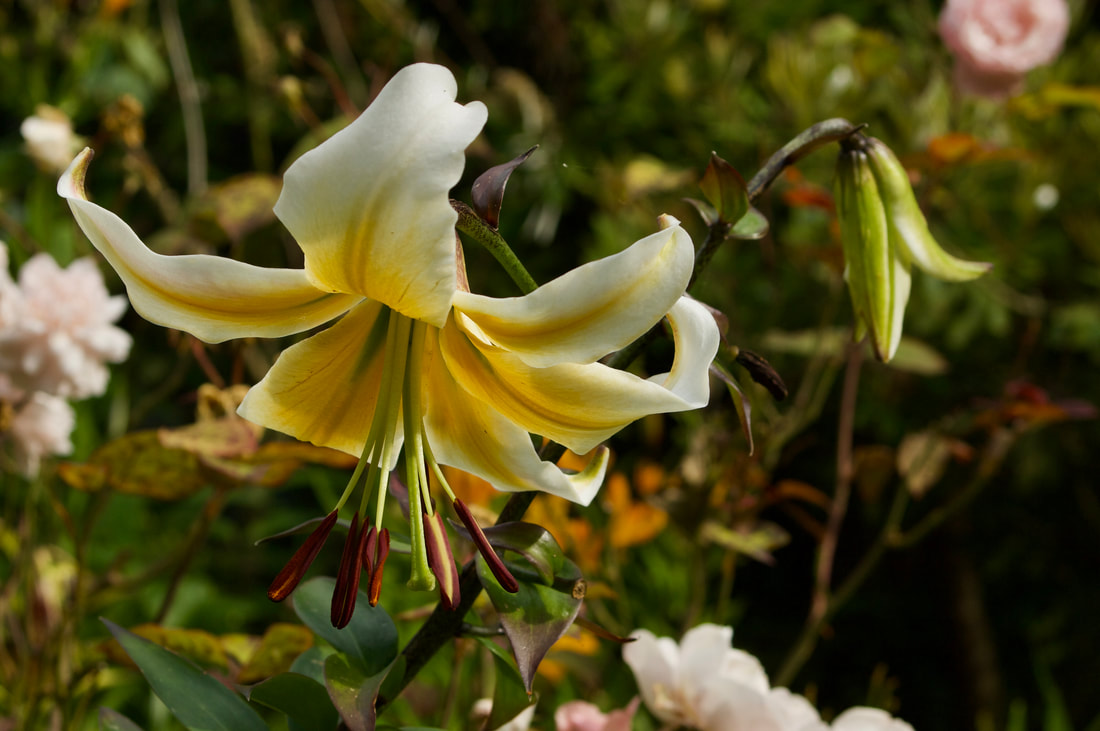




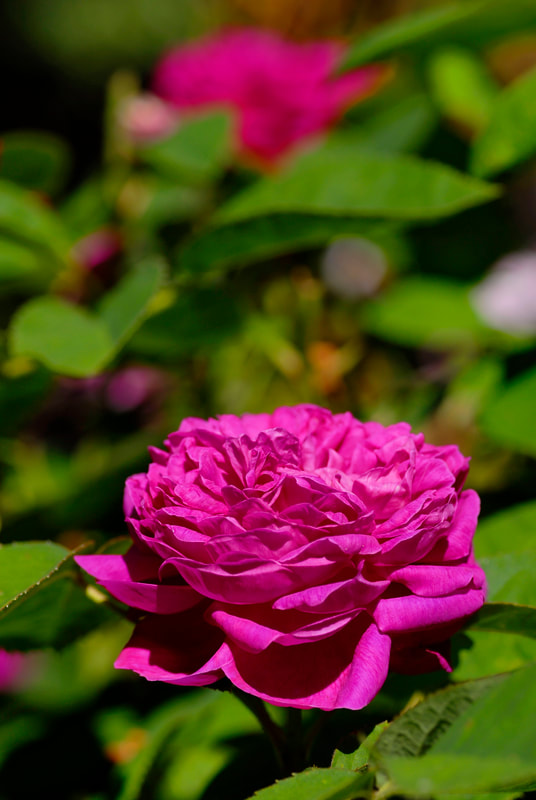


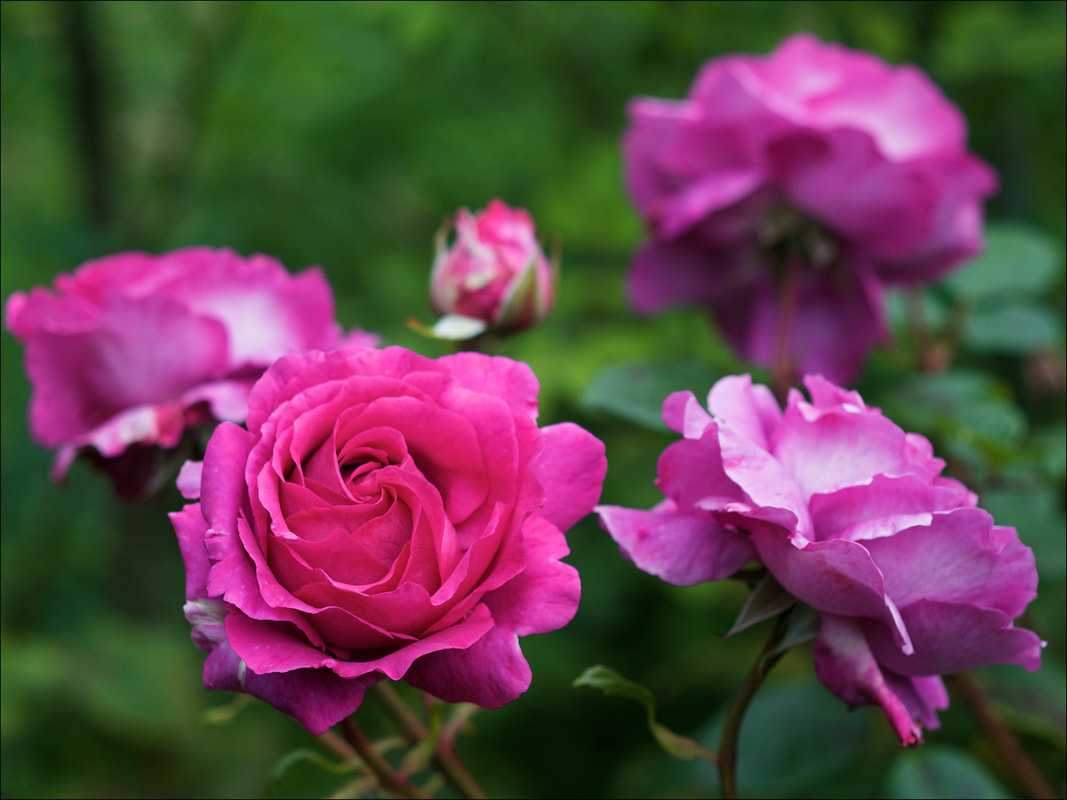

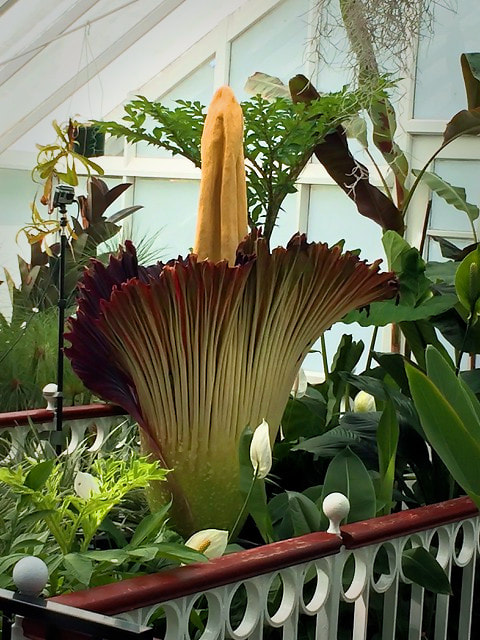

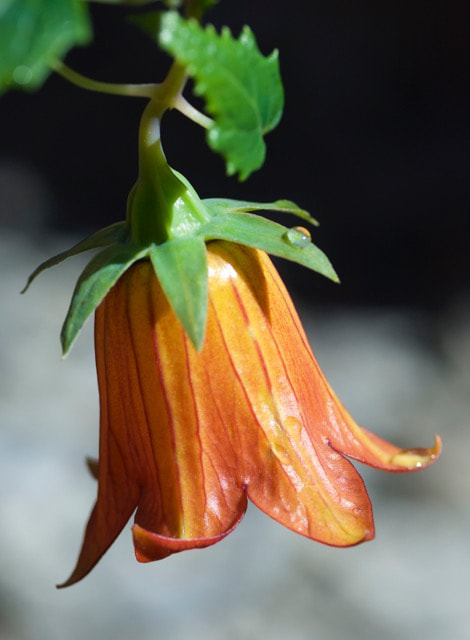


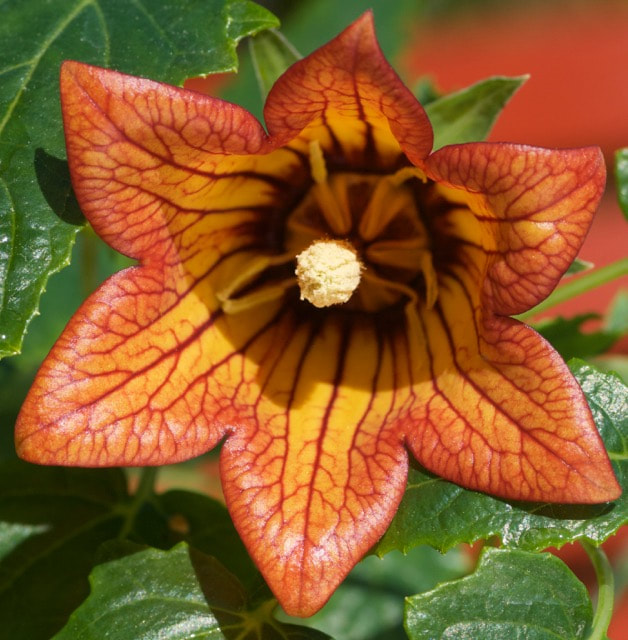

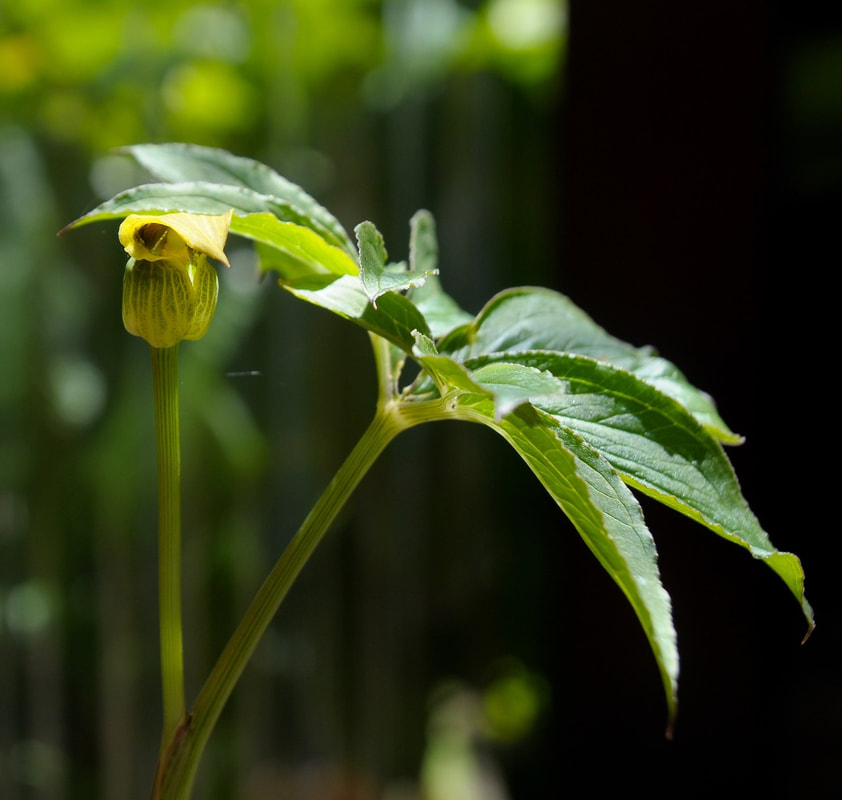





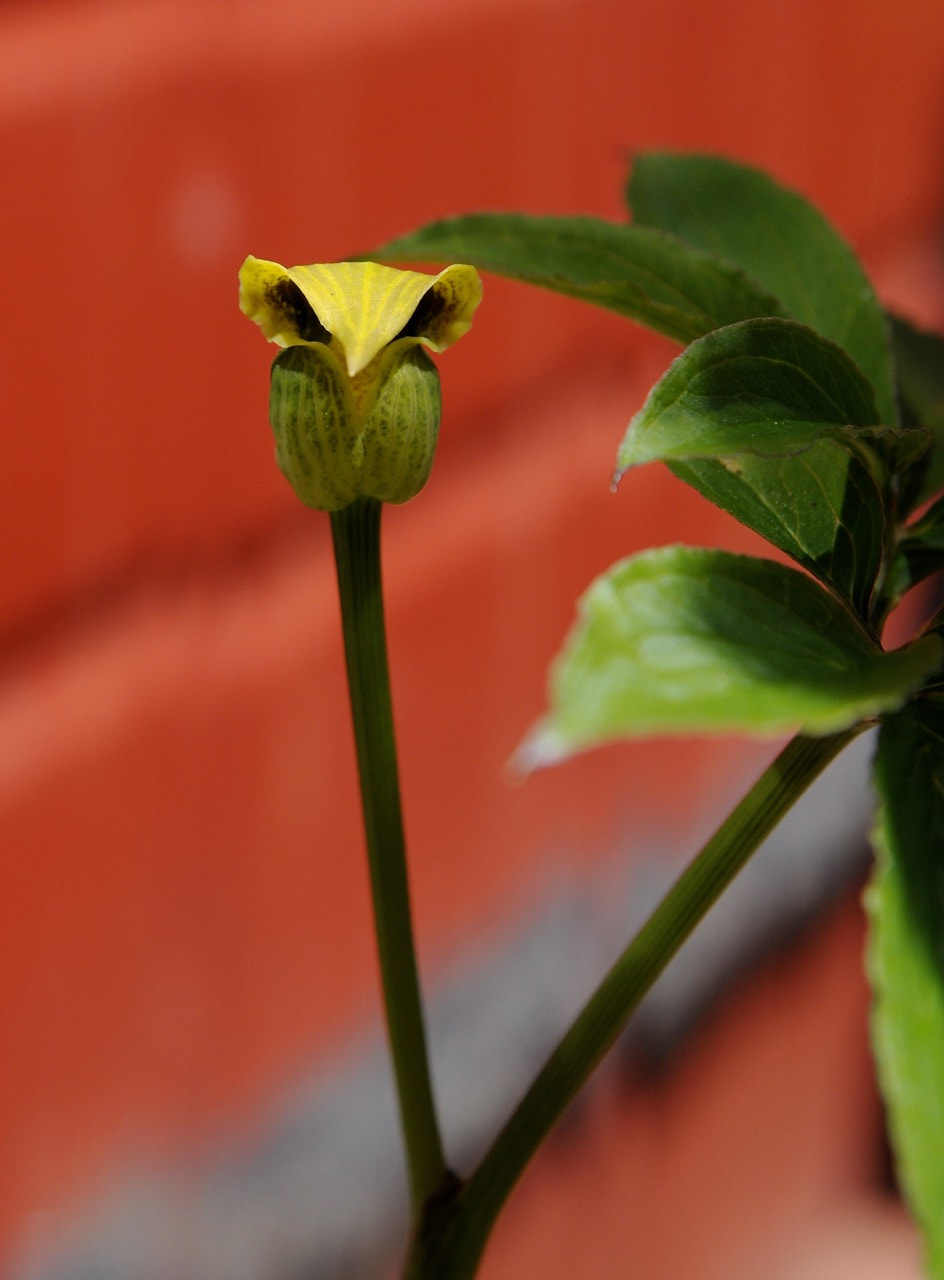


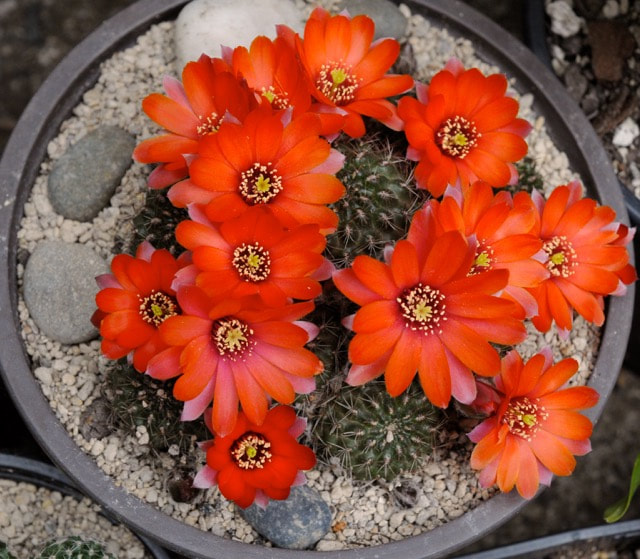
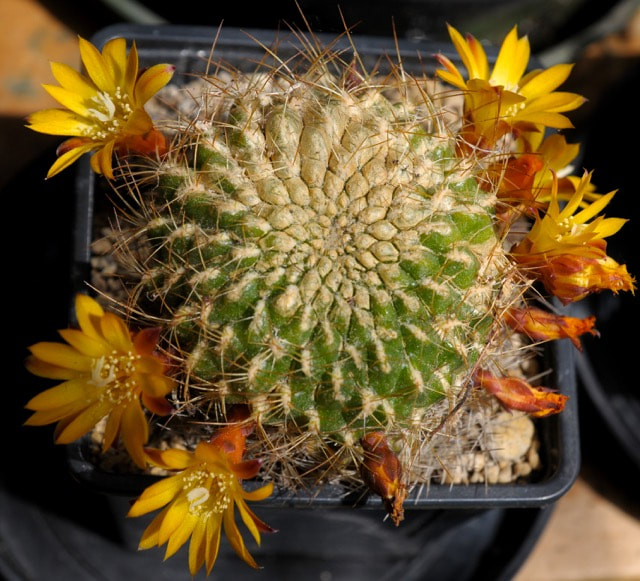





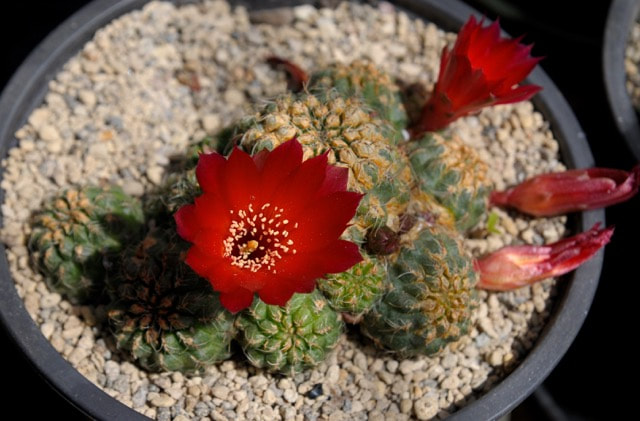


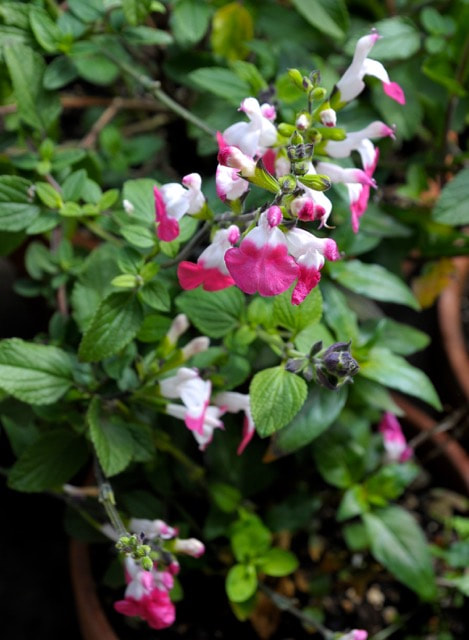

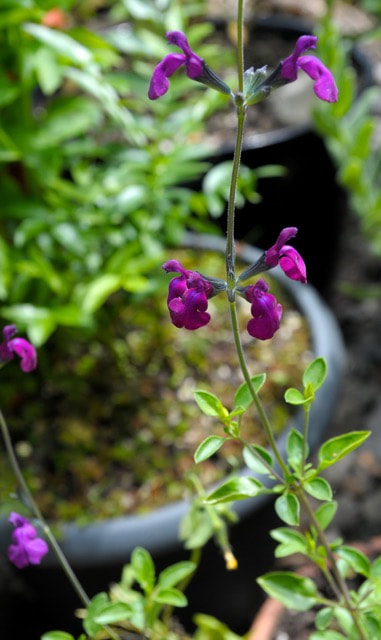






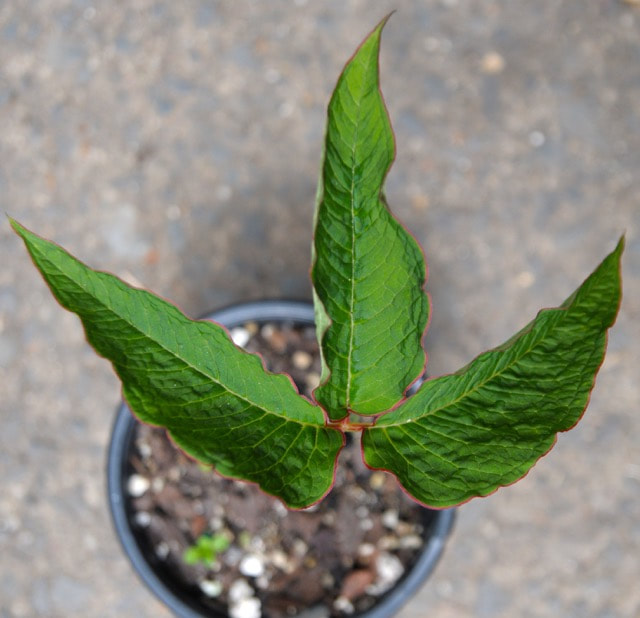
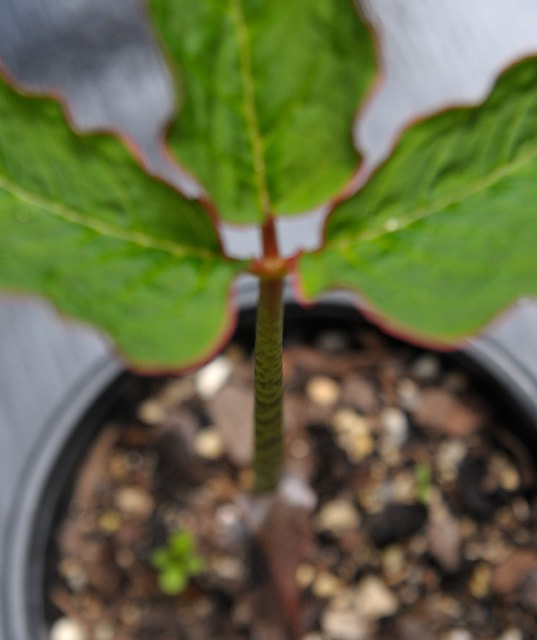
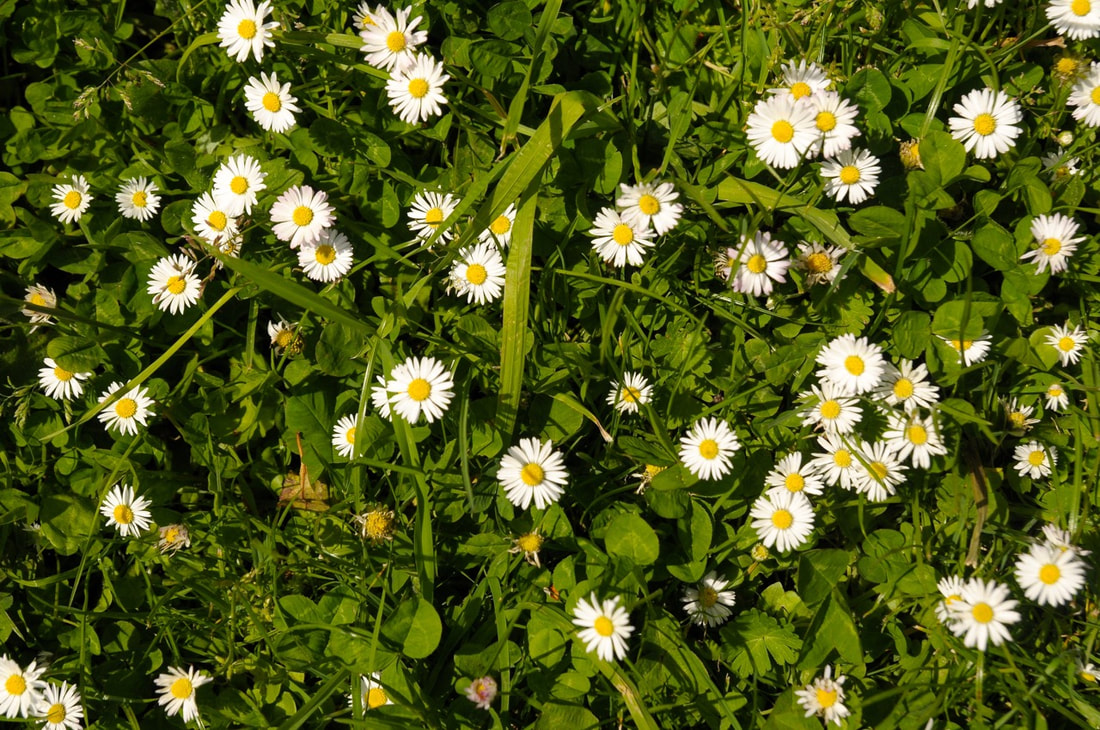

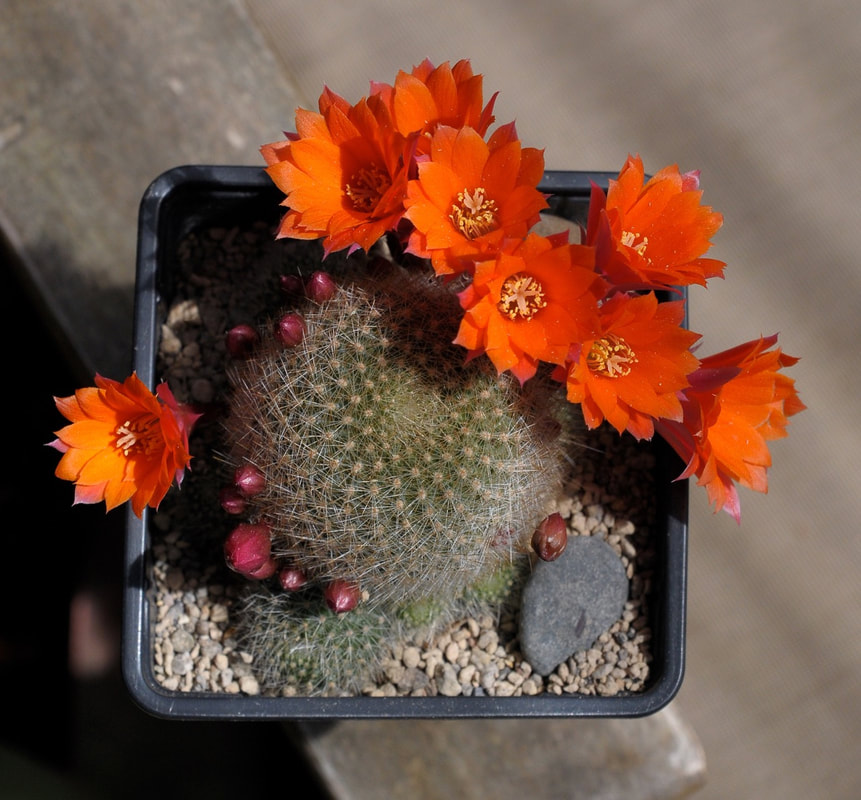
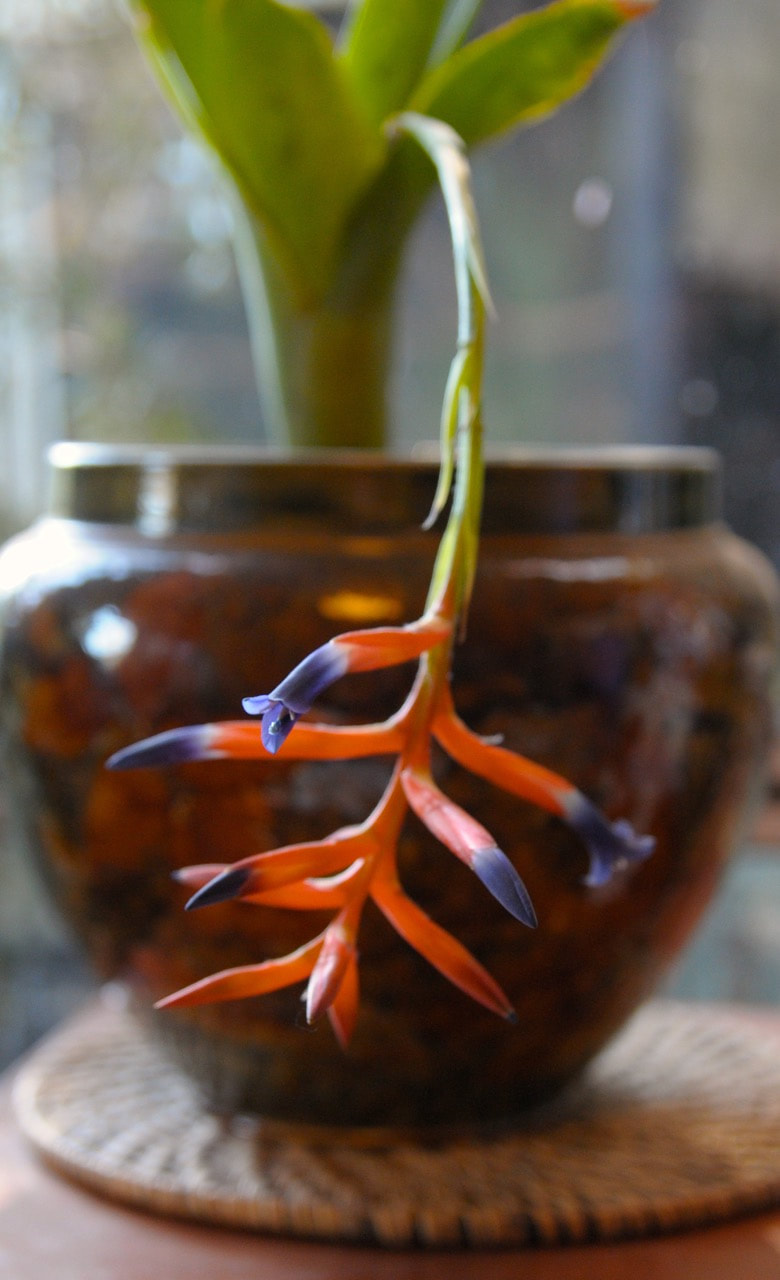

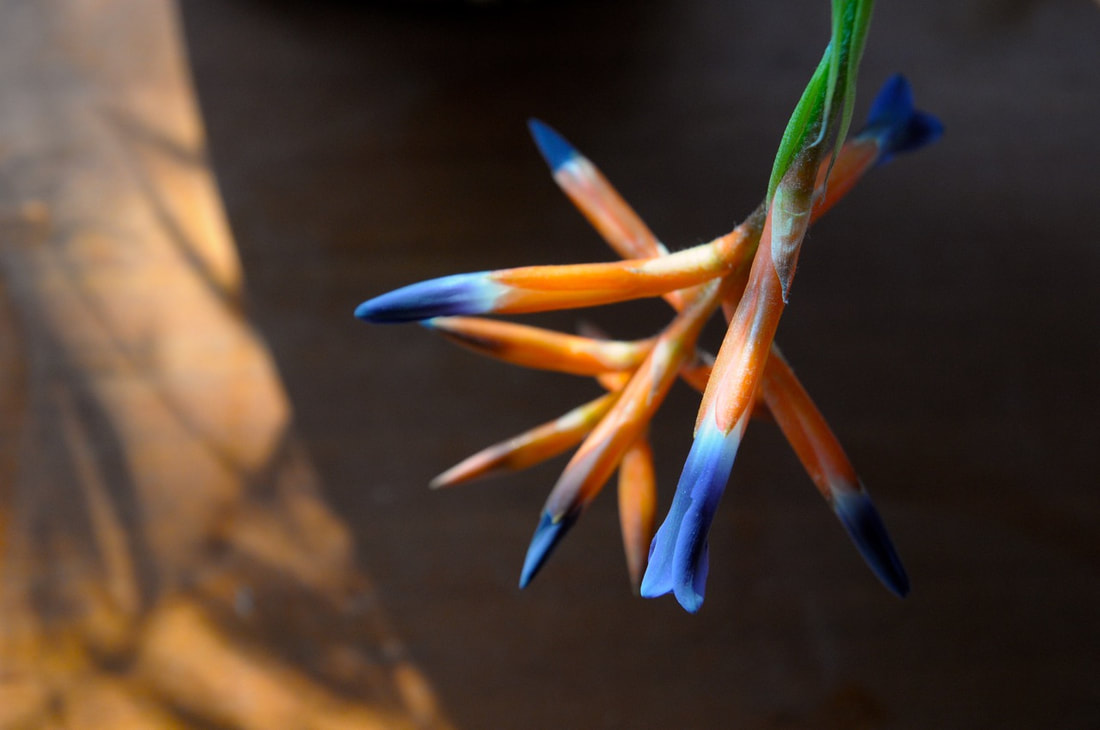
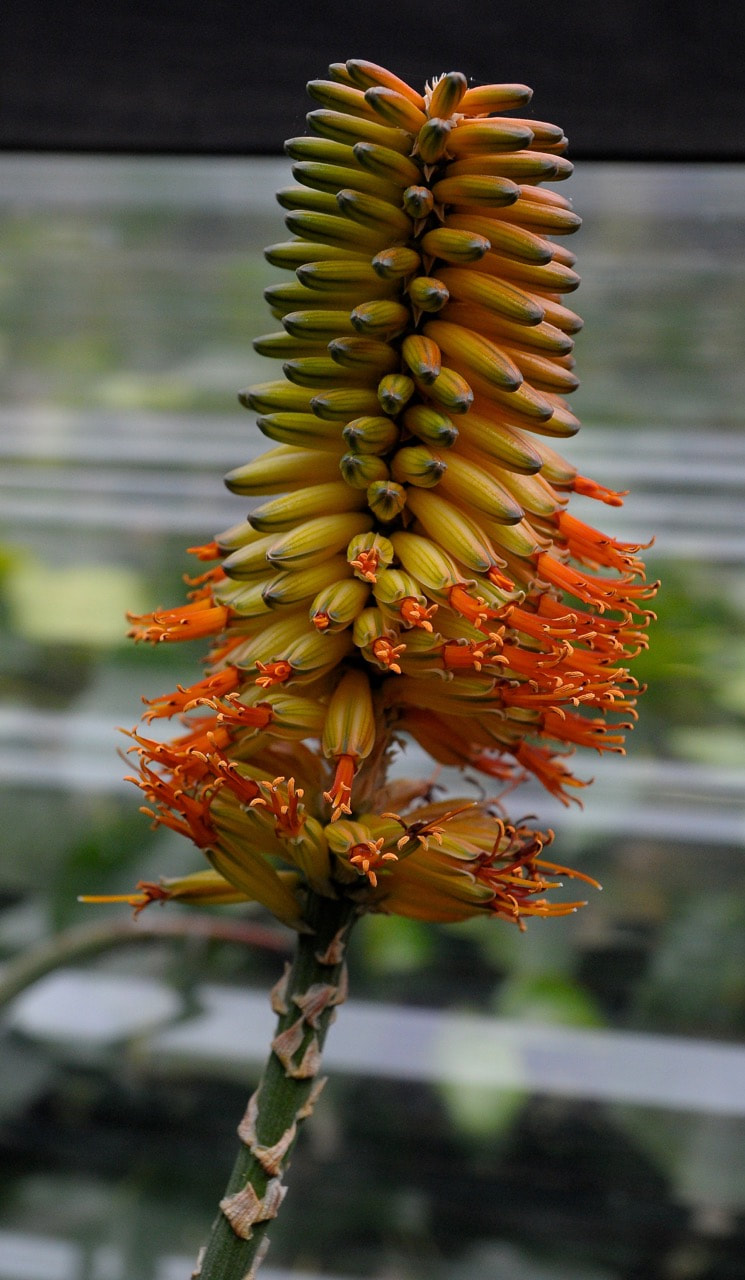
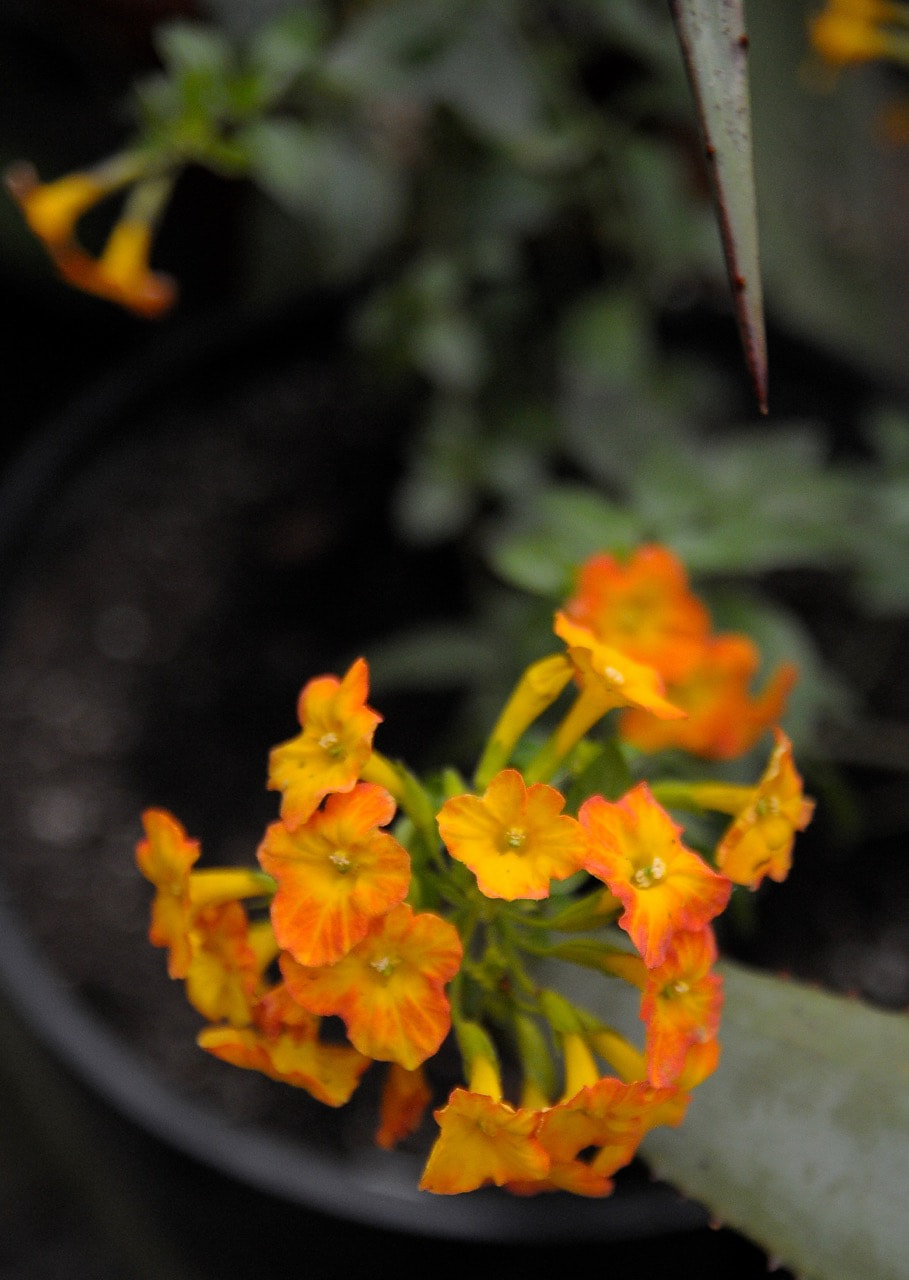

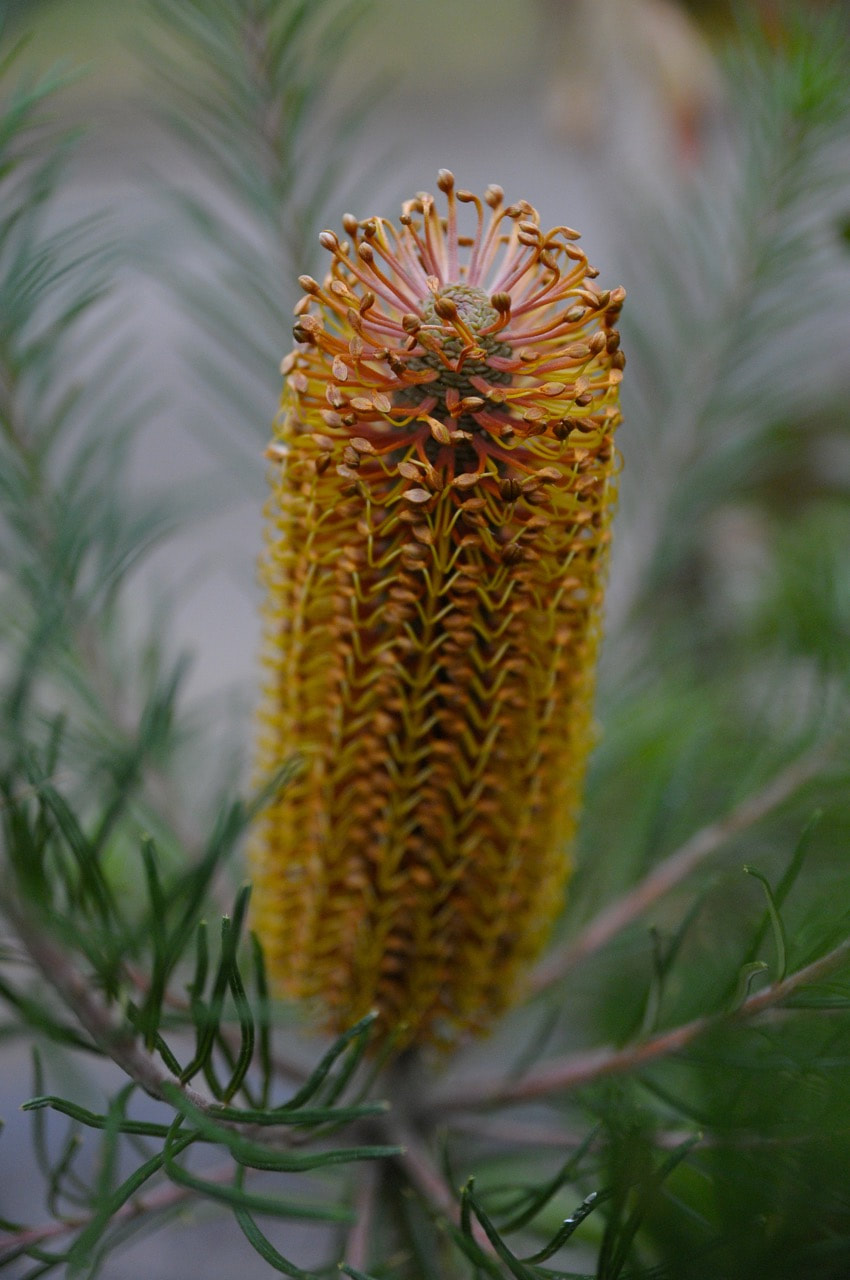

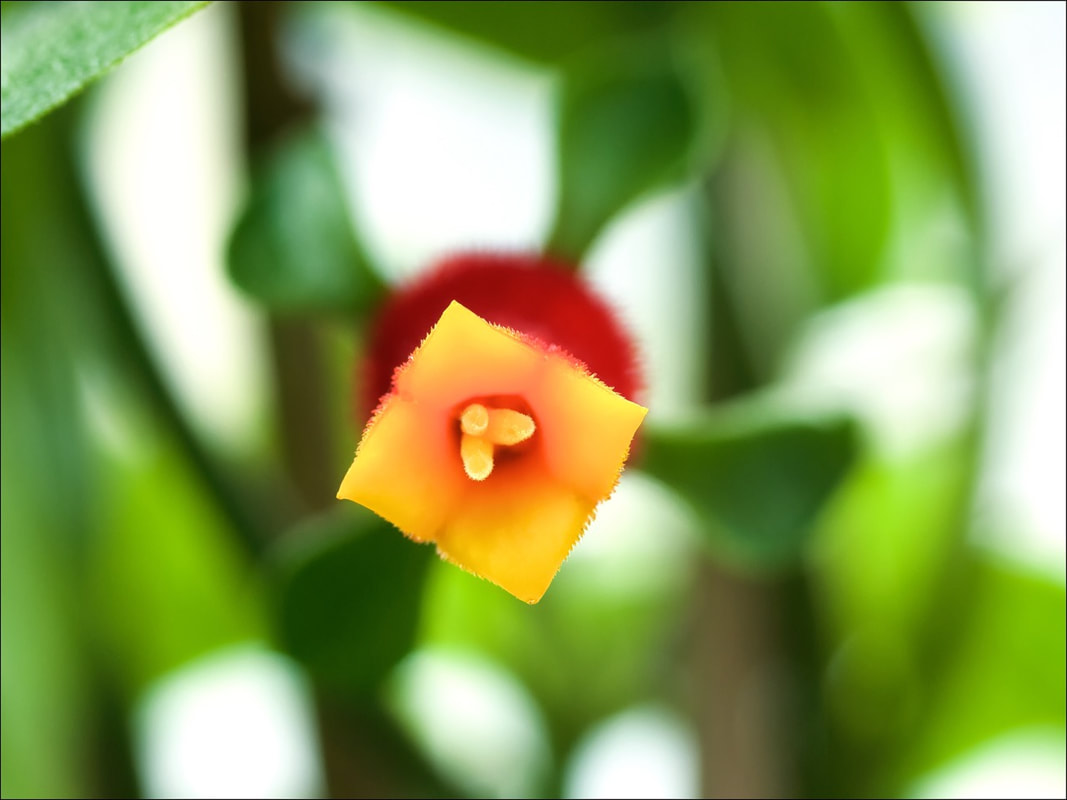

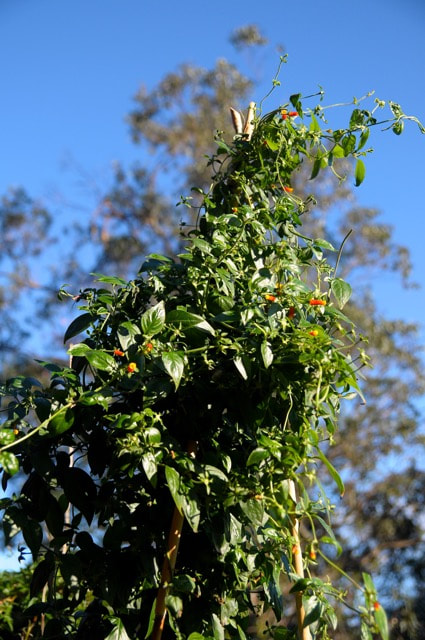
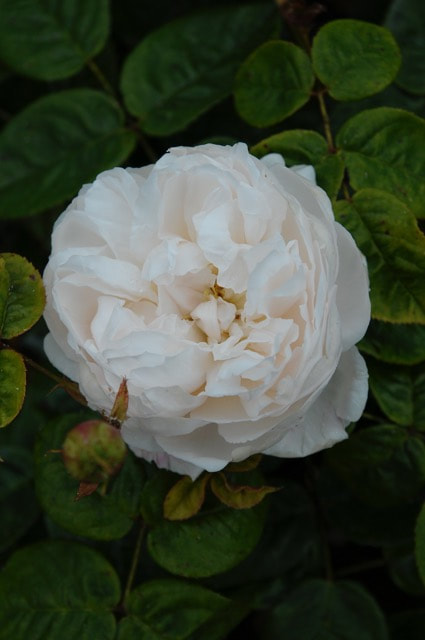


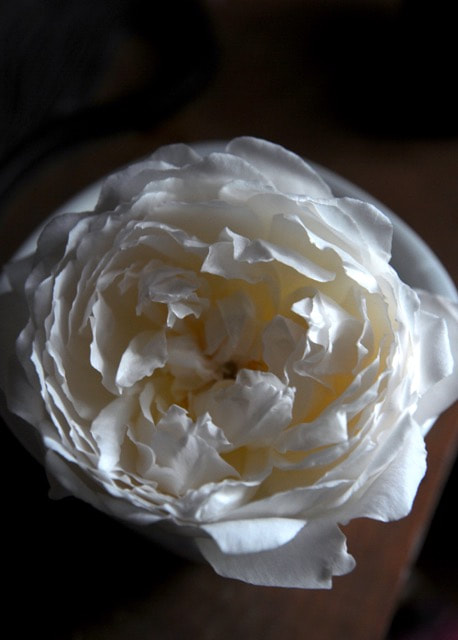
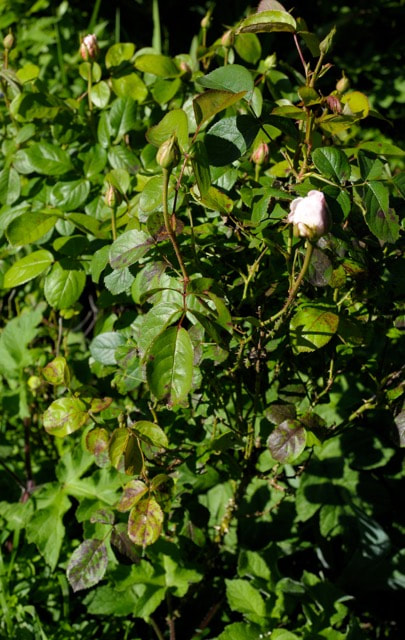
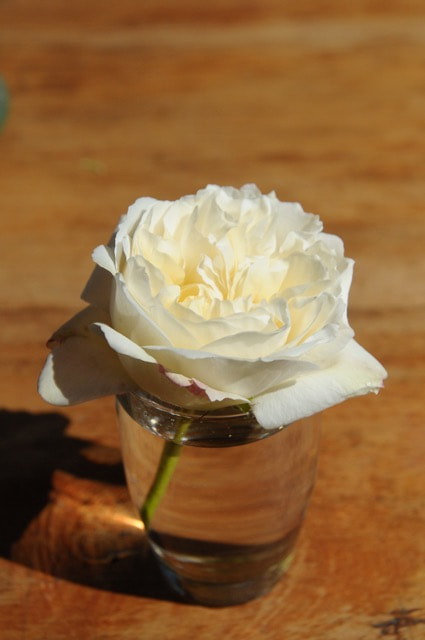
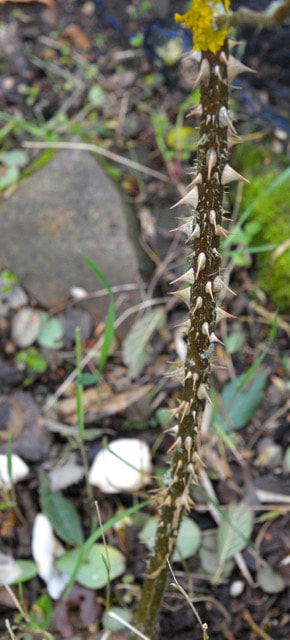
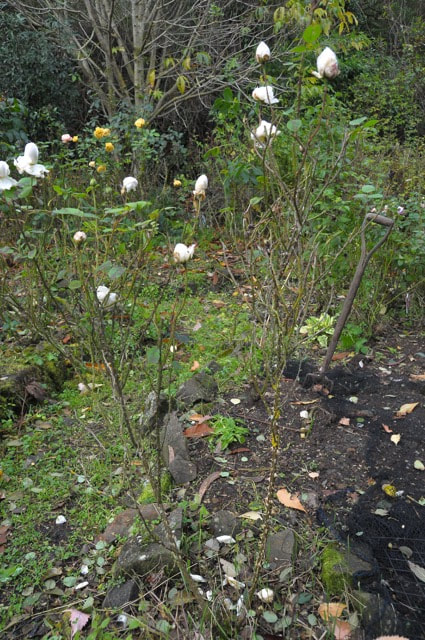

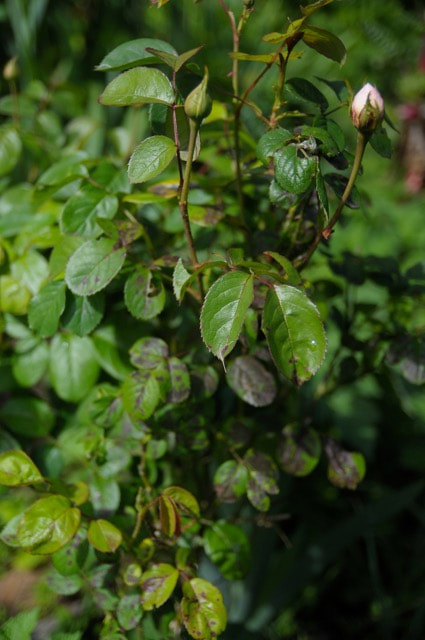

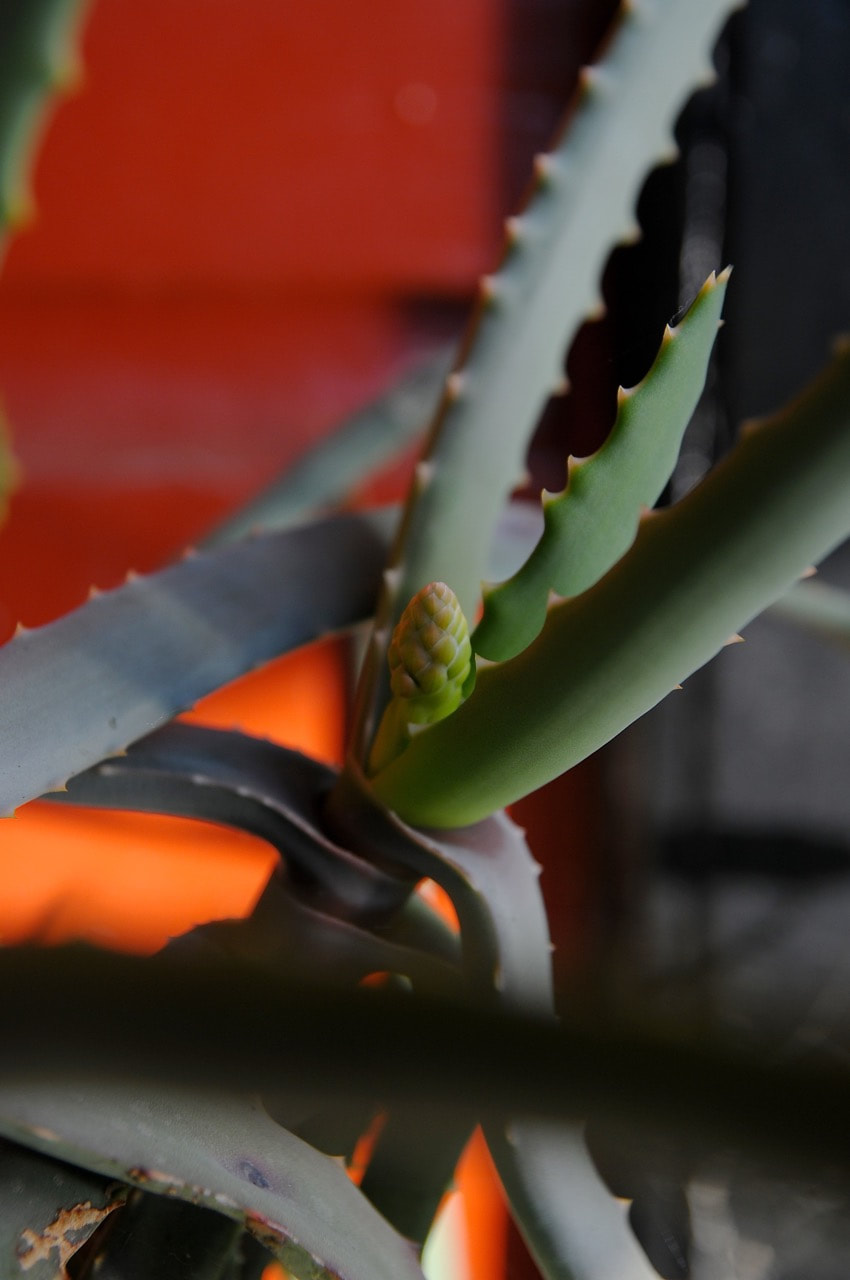
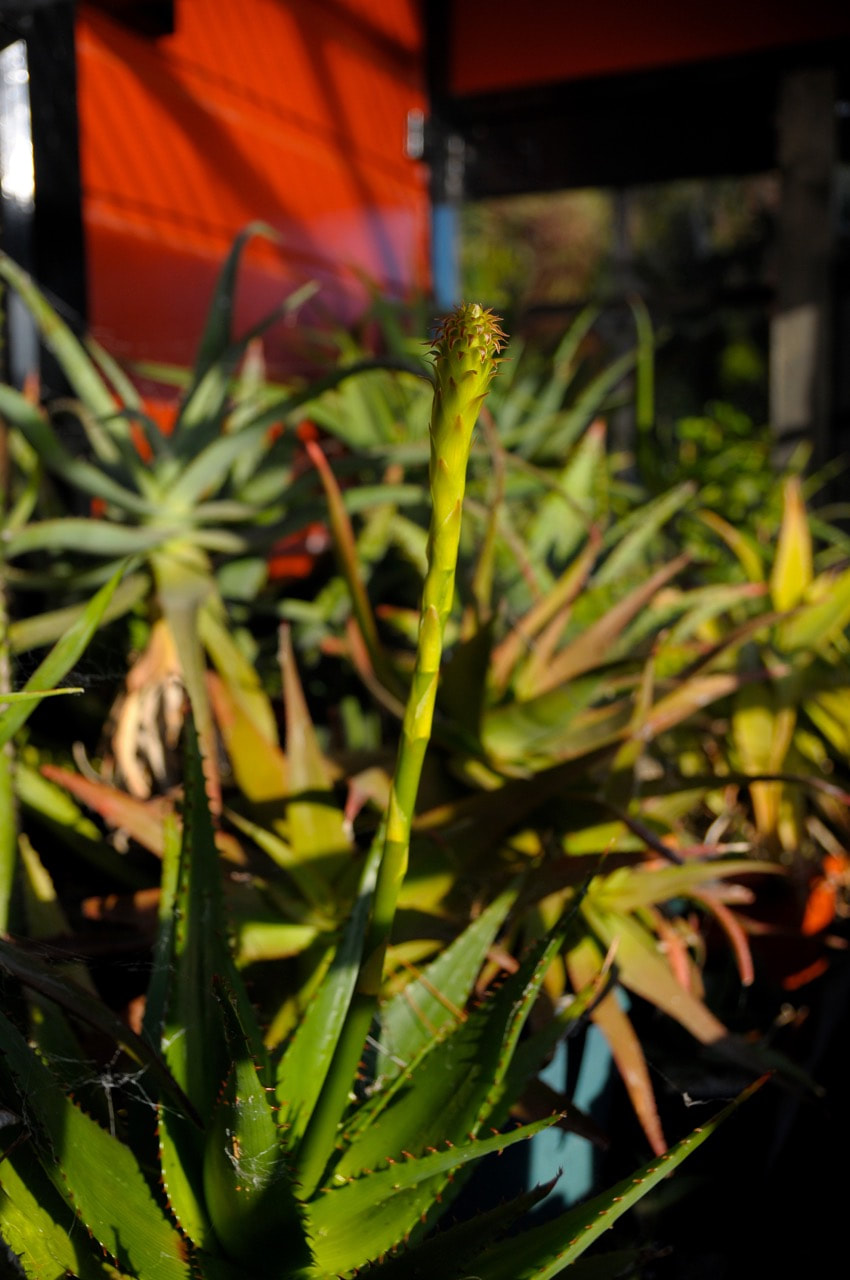

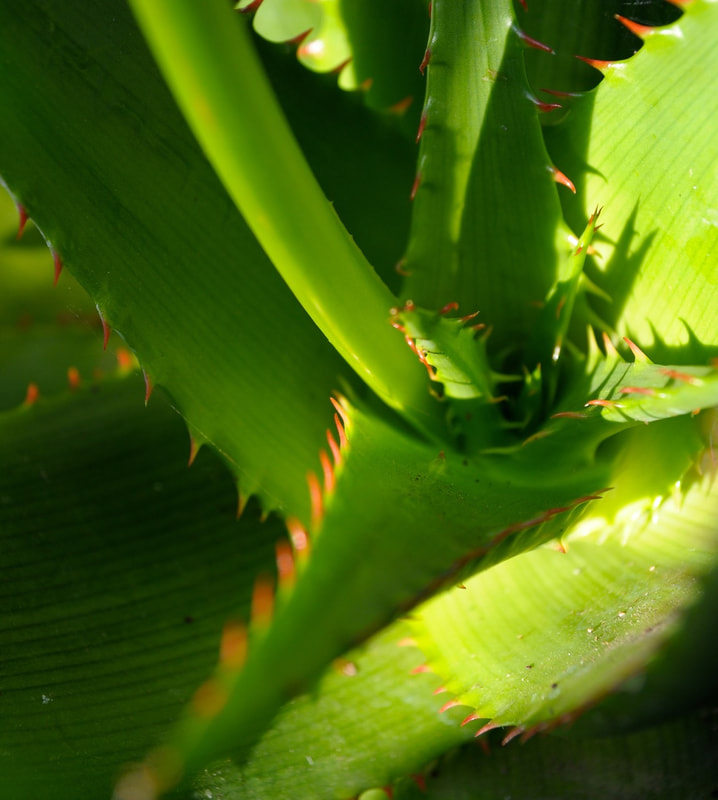
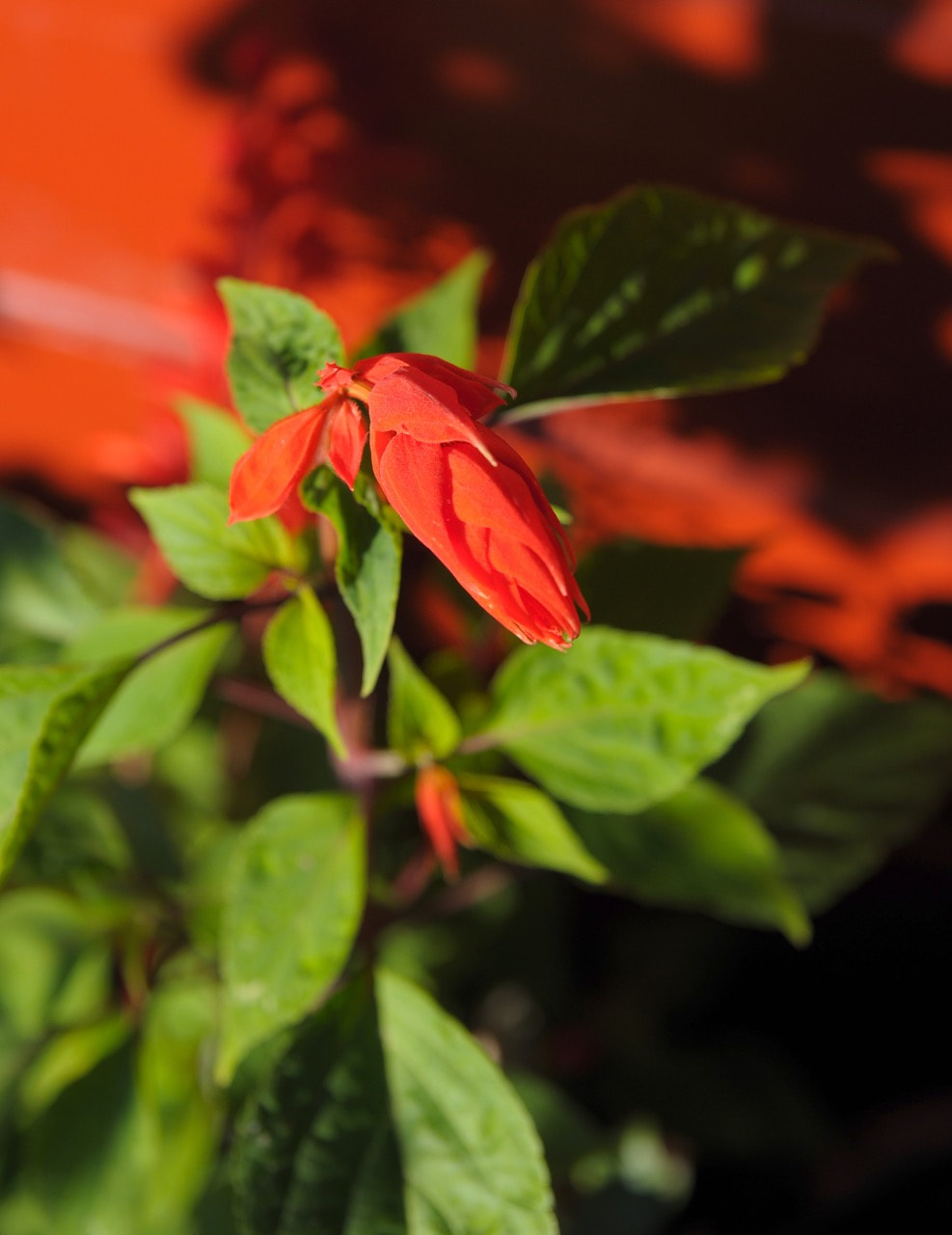



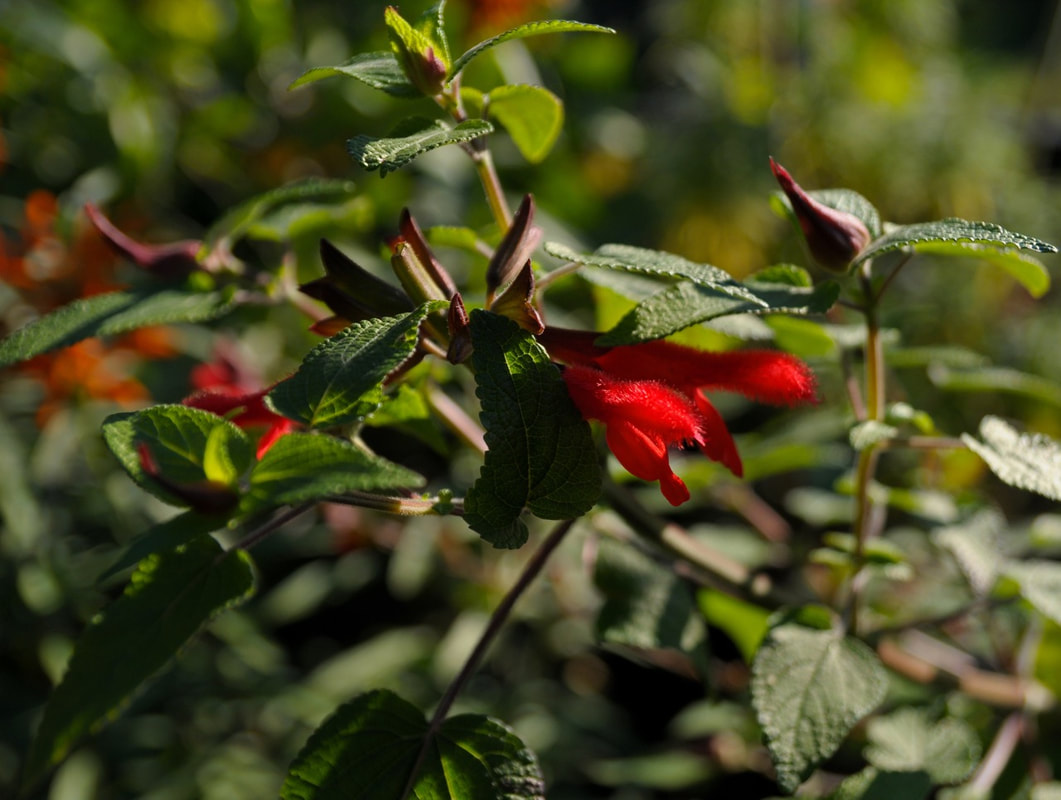
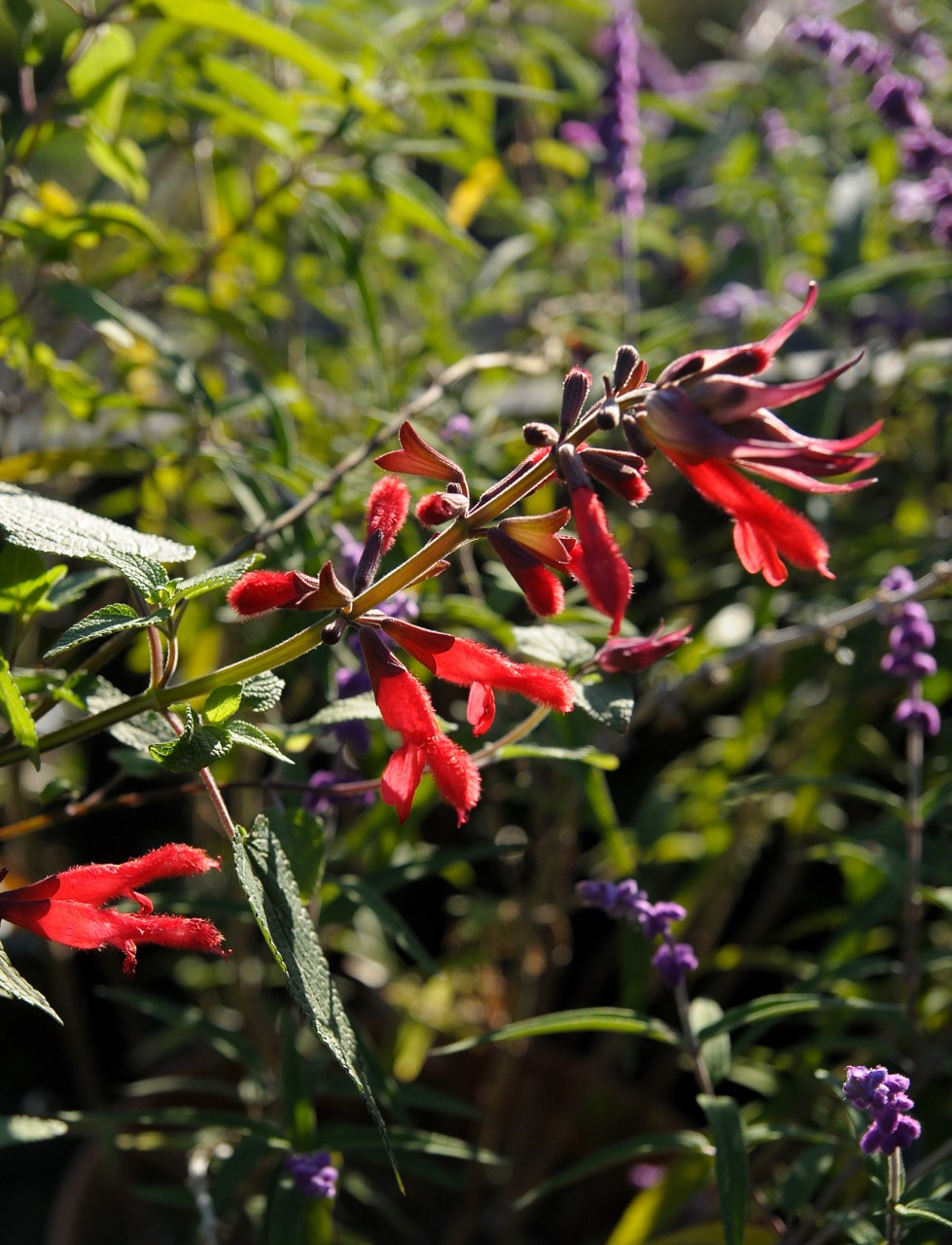
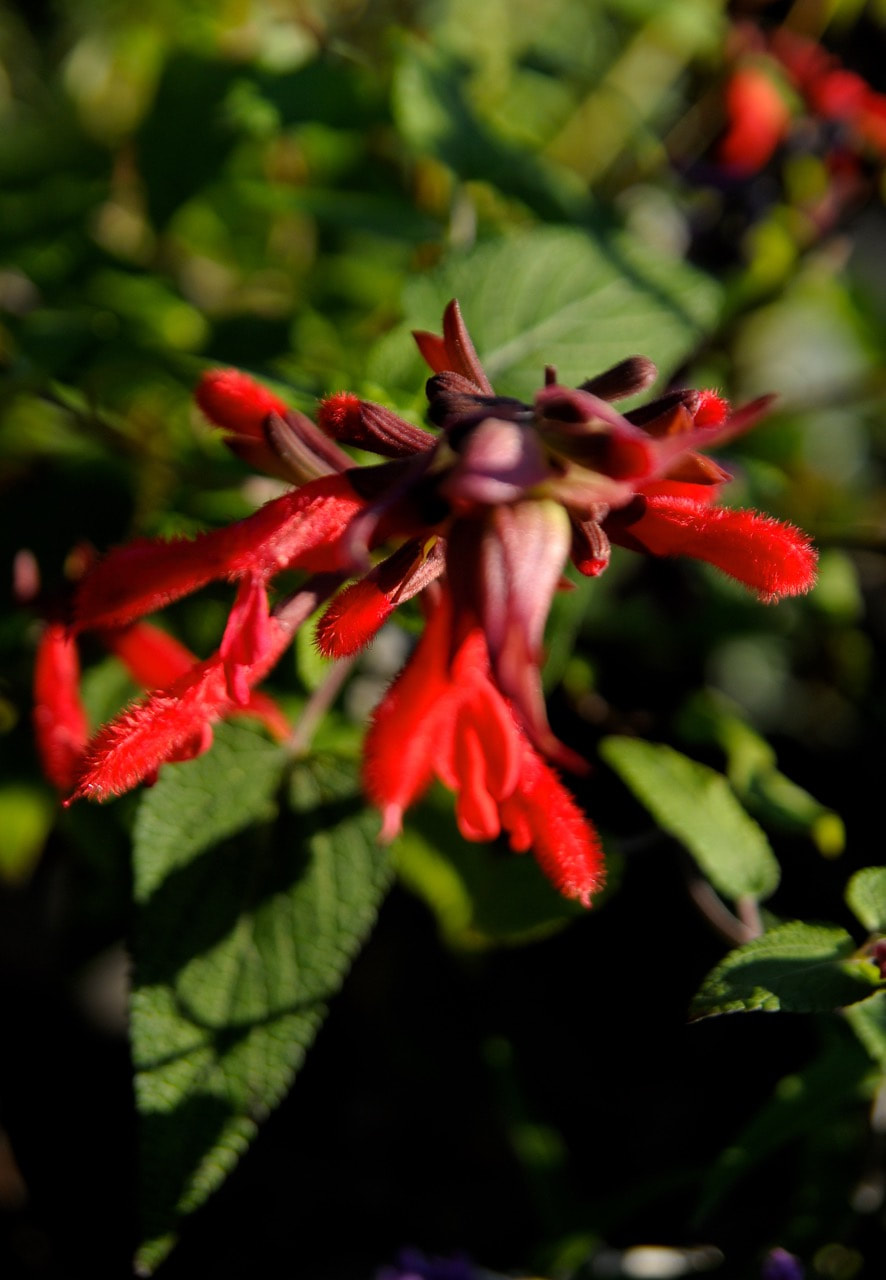
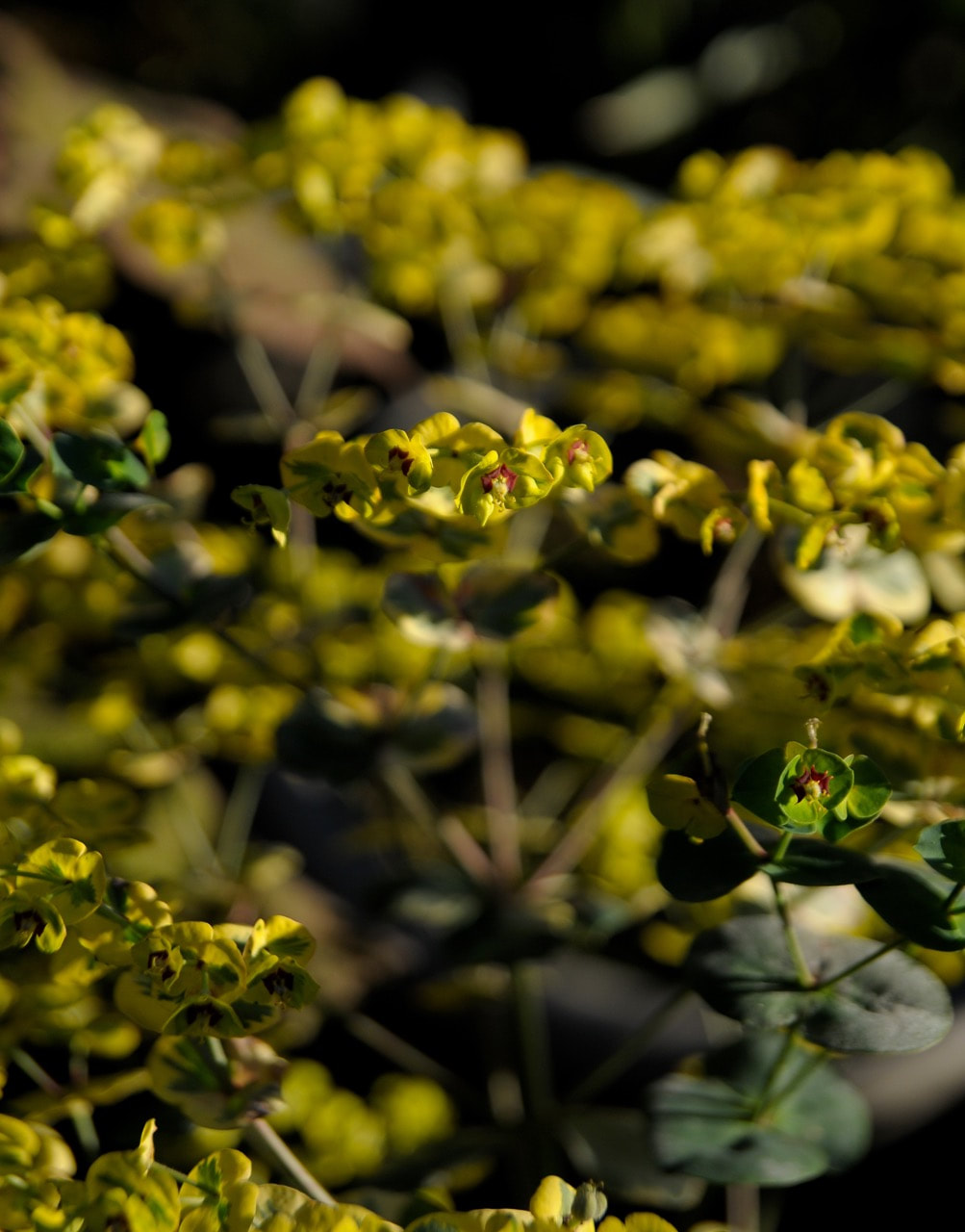

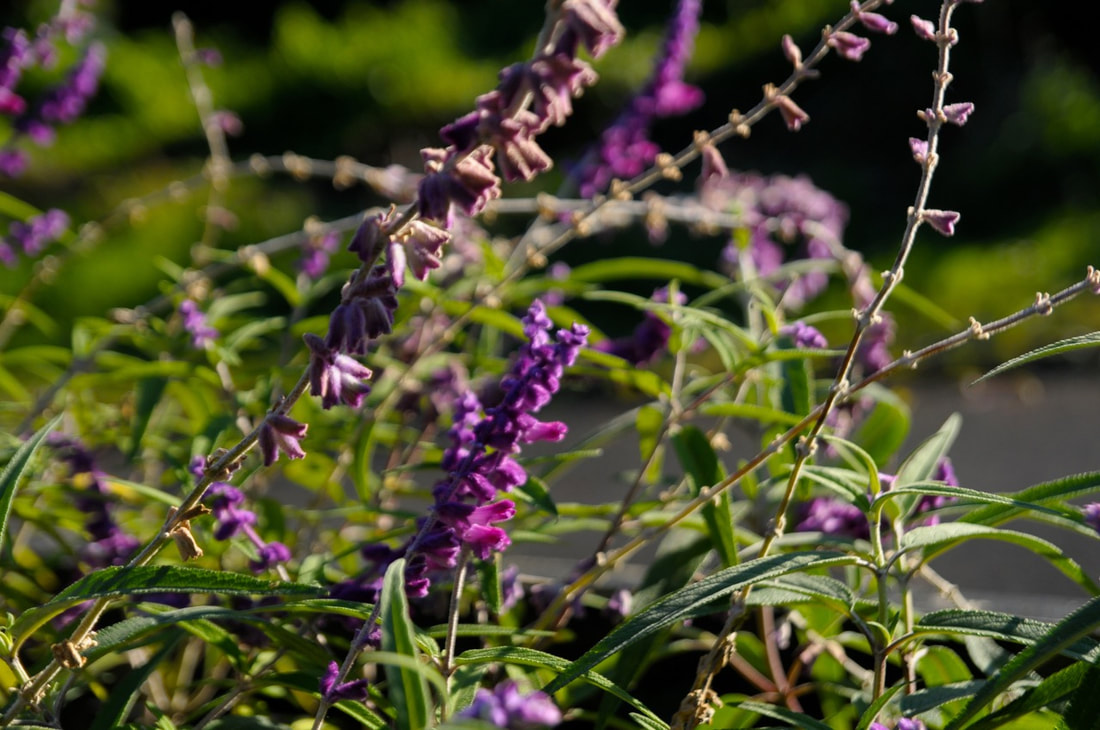
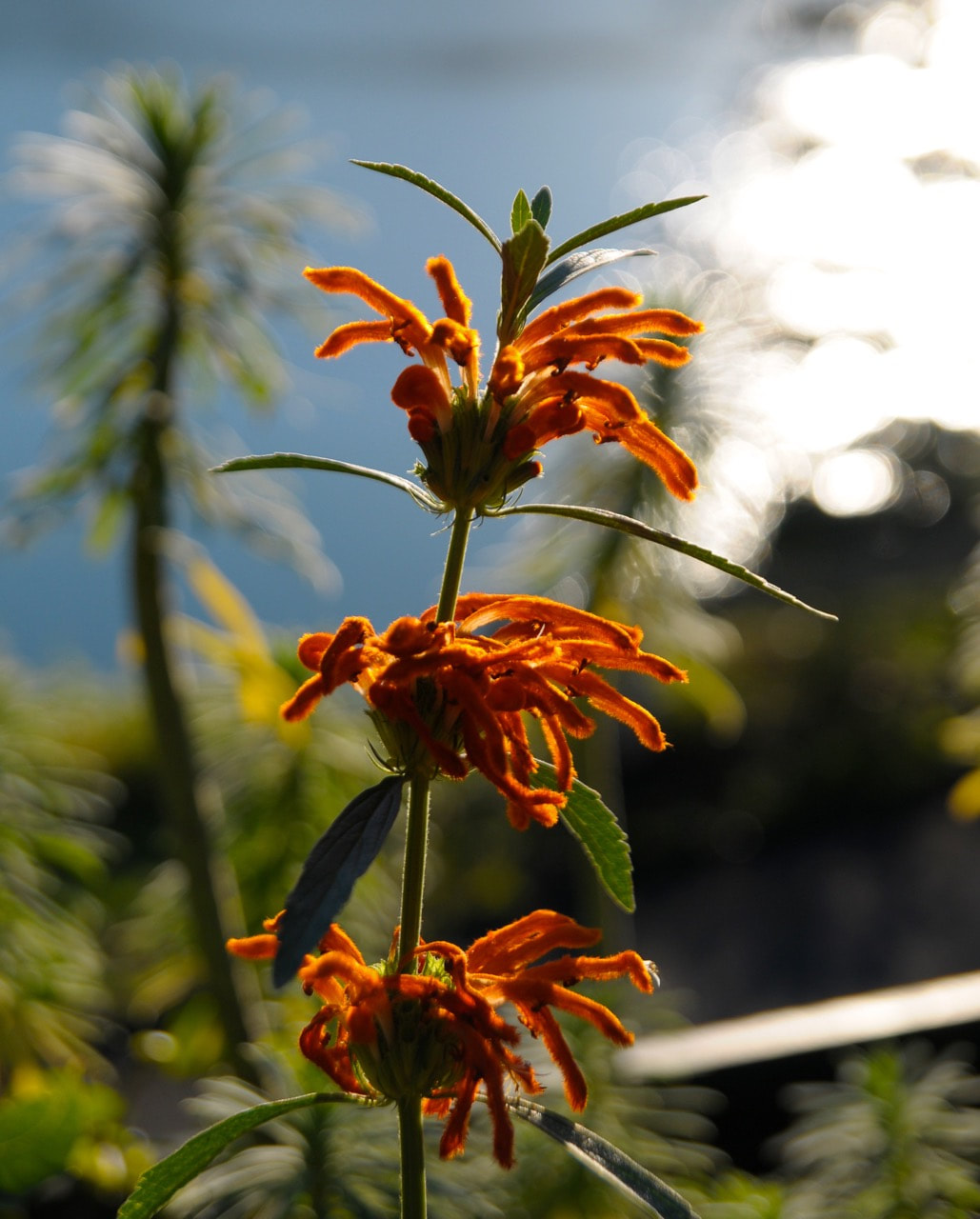
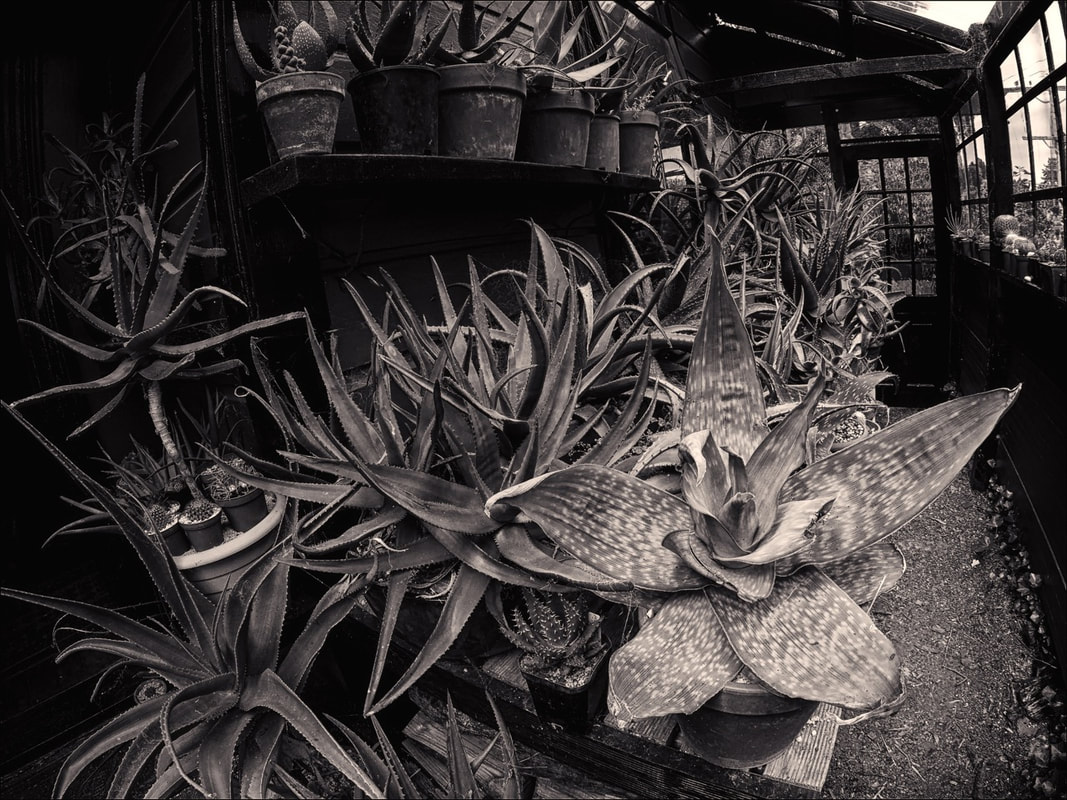


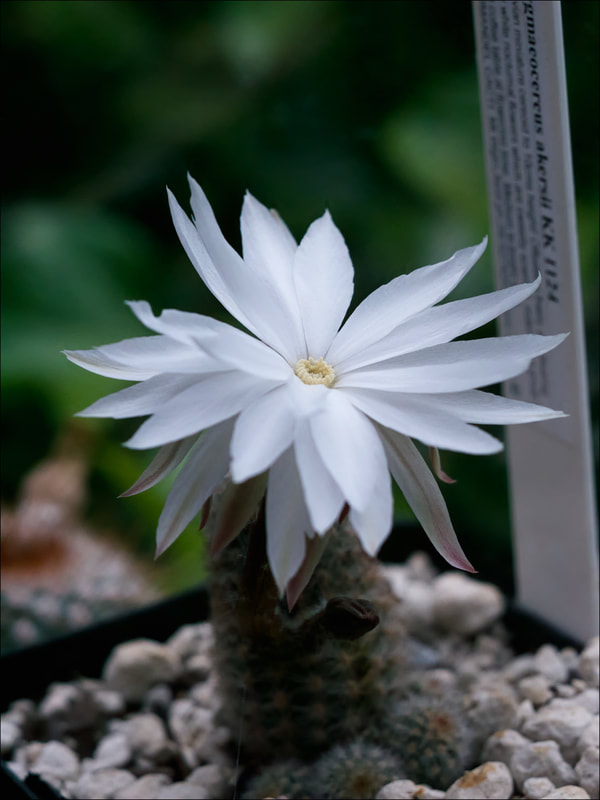
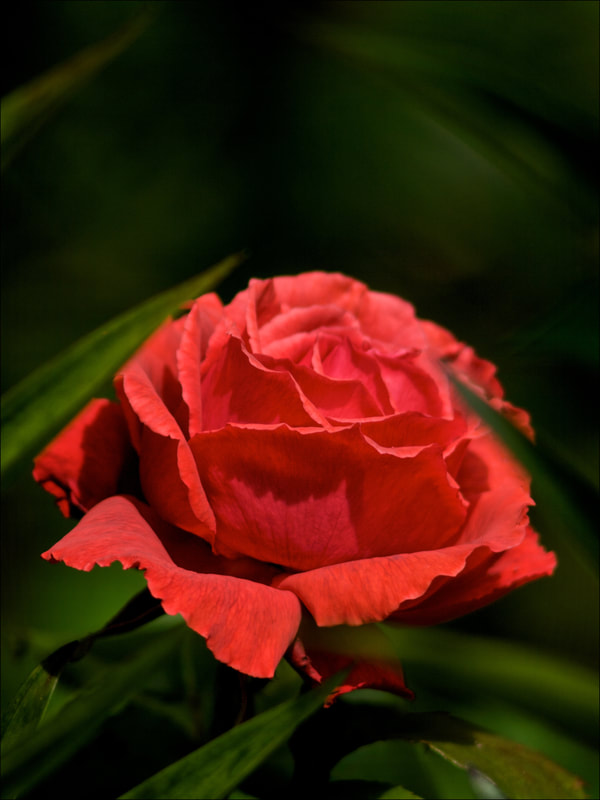







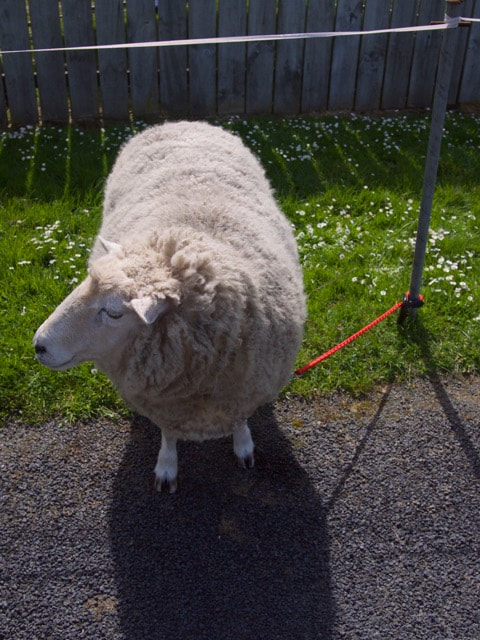





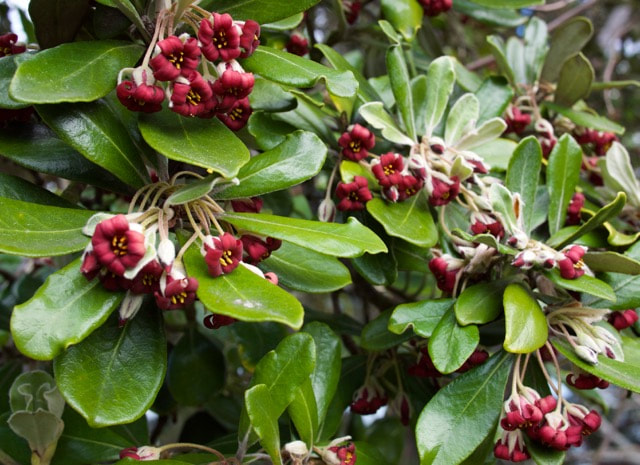
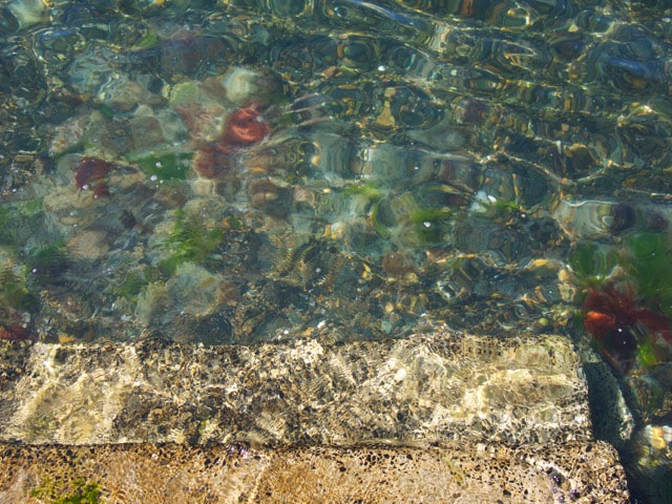
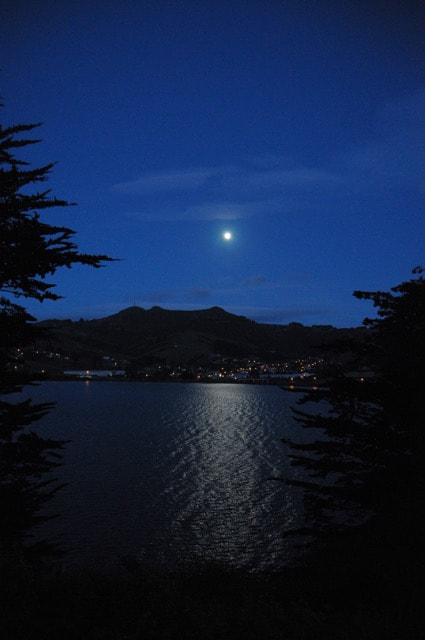


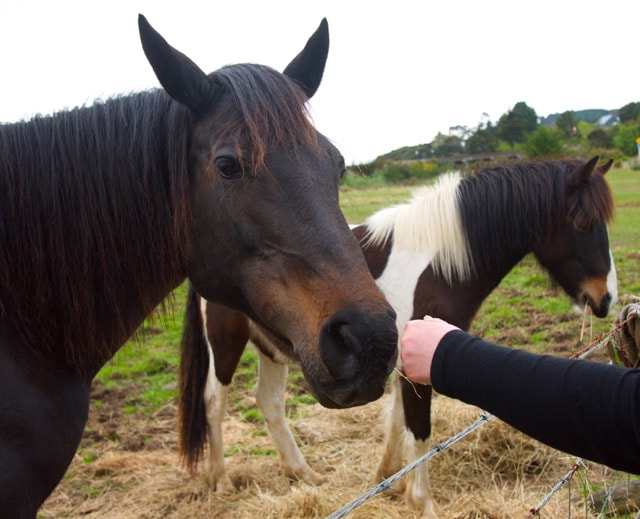


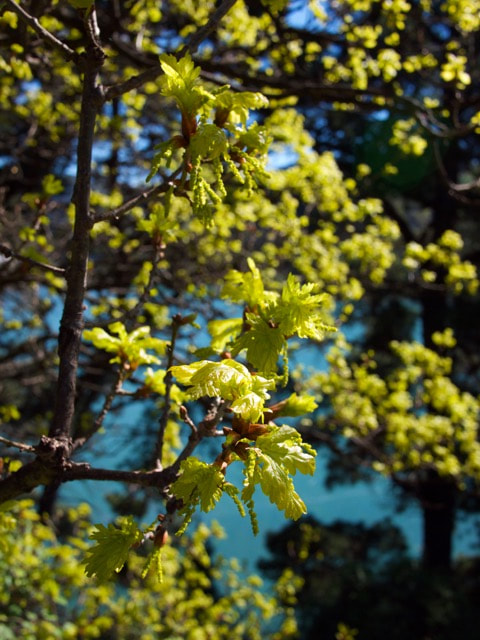






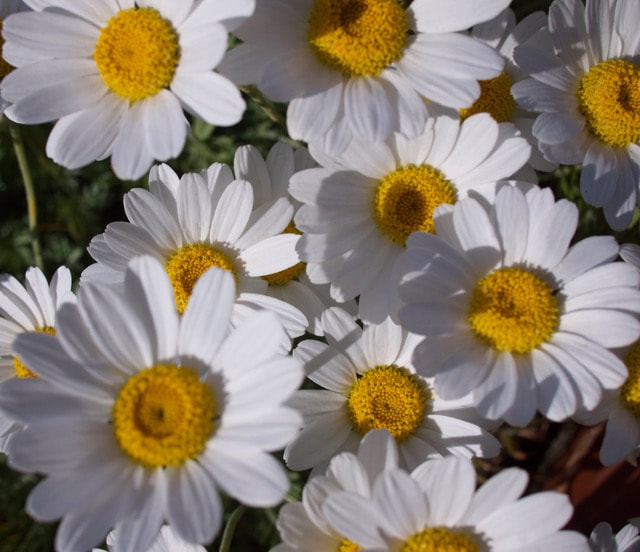
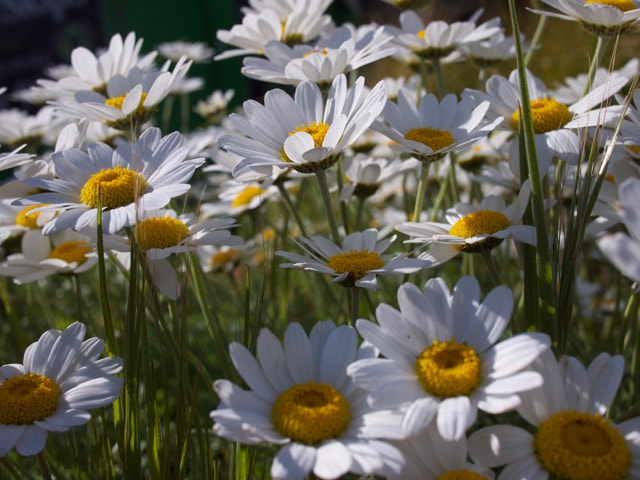

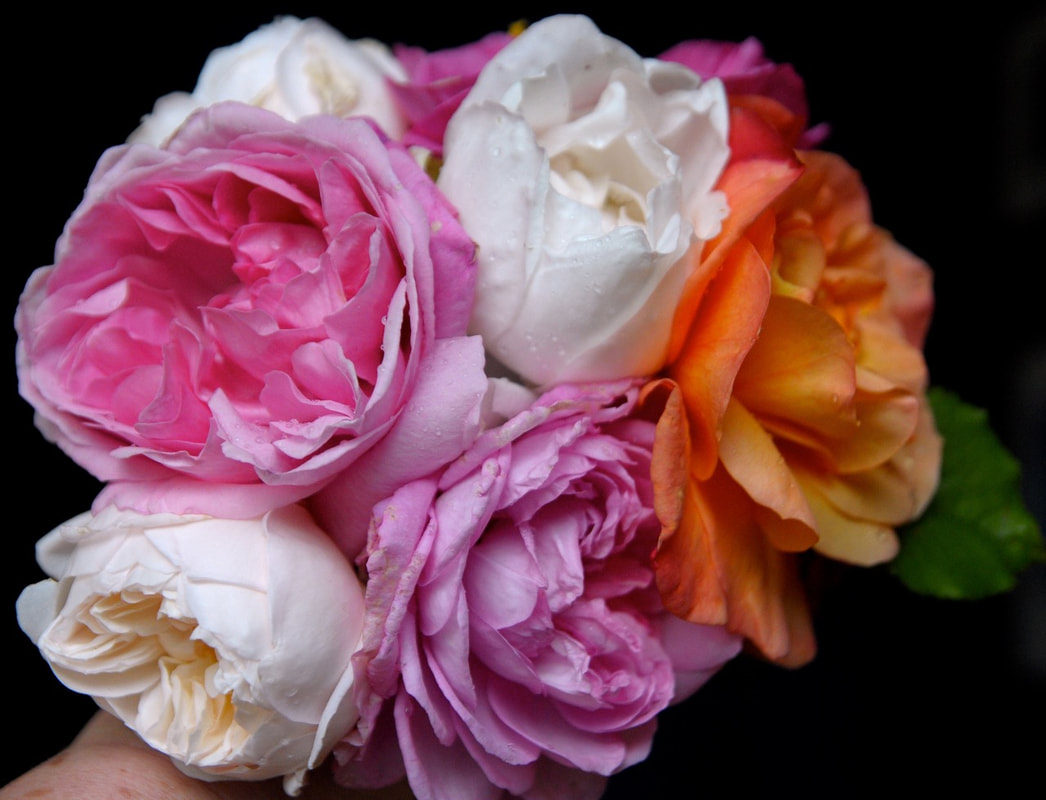


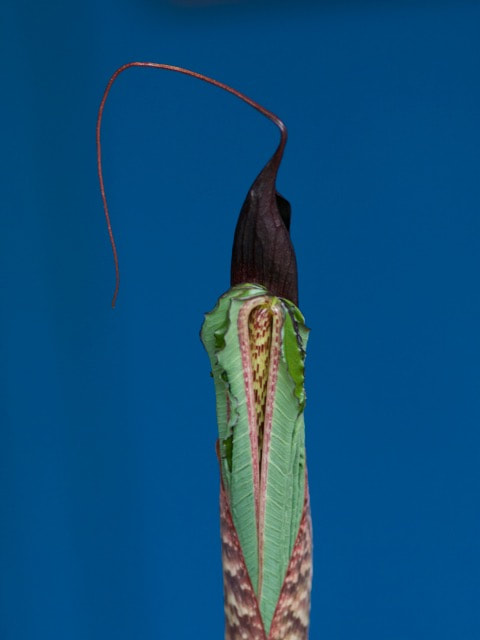
 RSS Feed
RSS Feed







